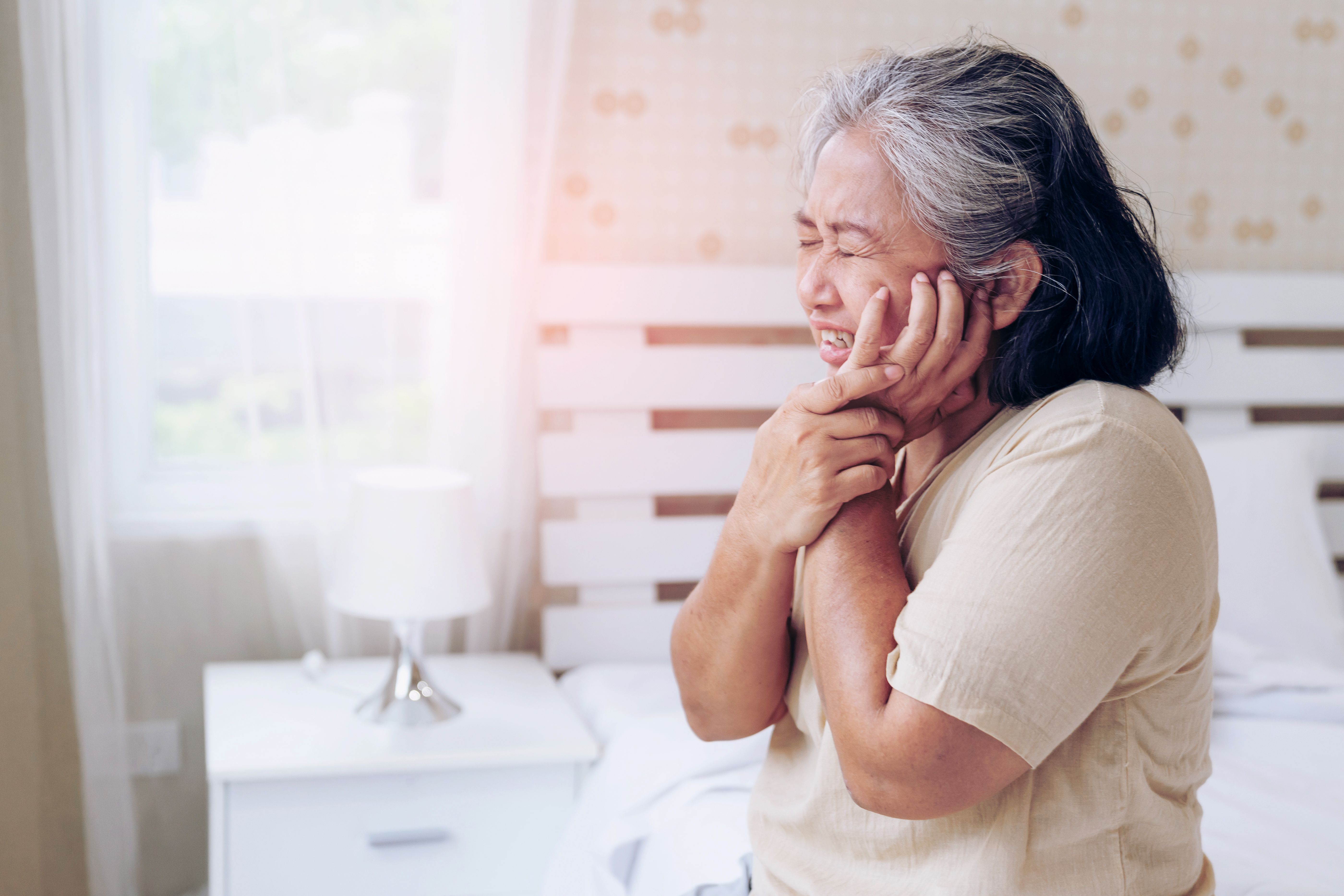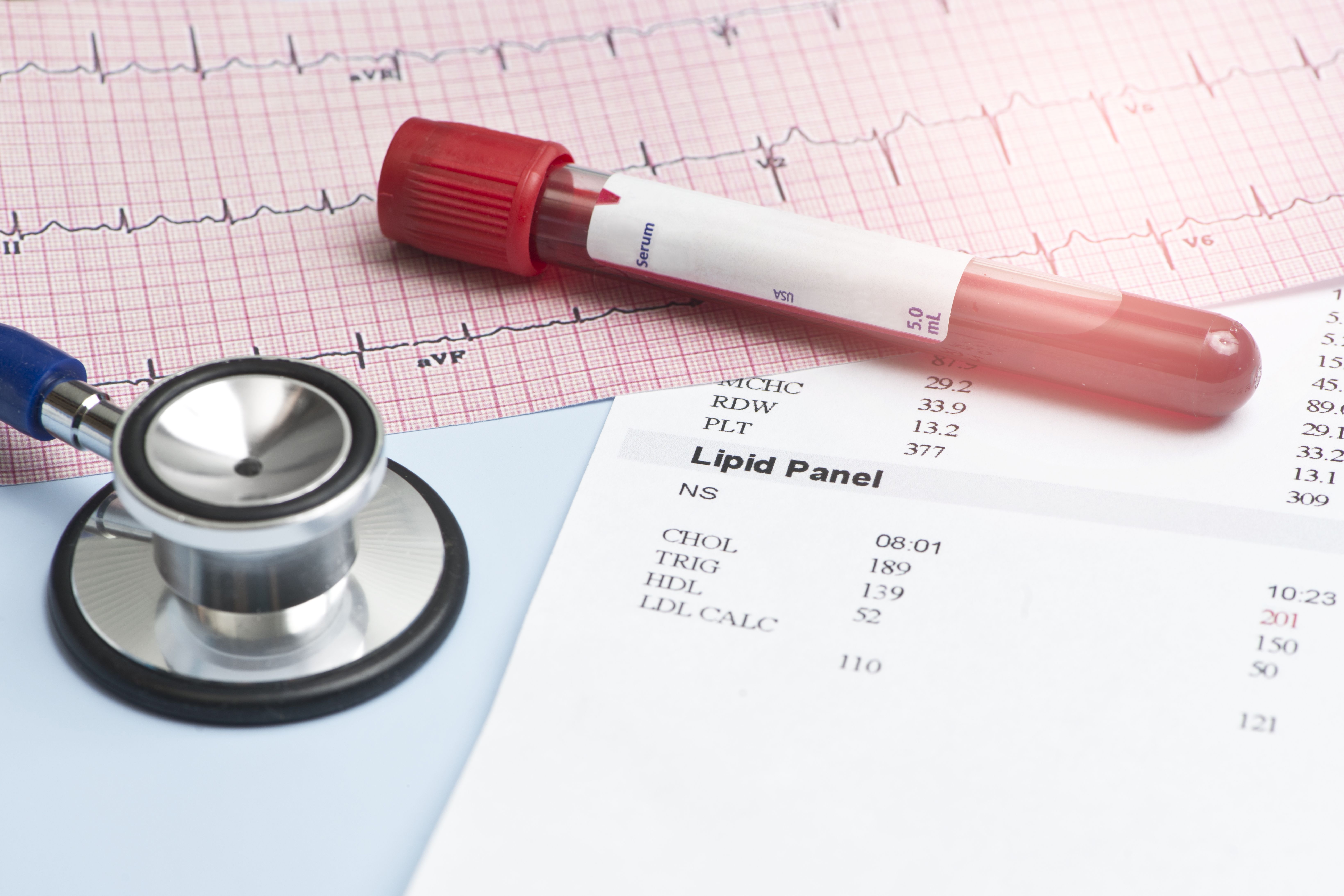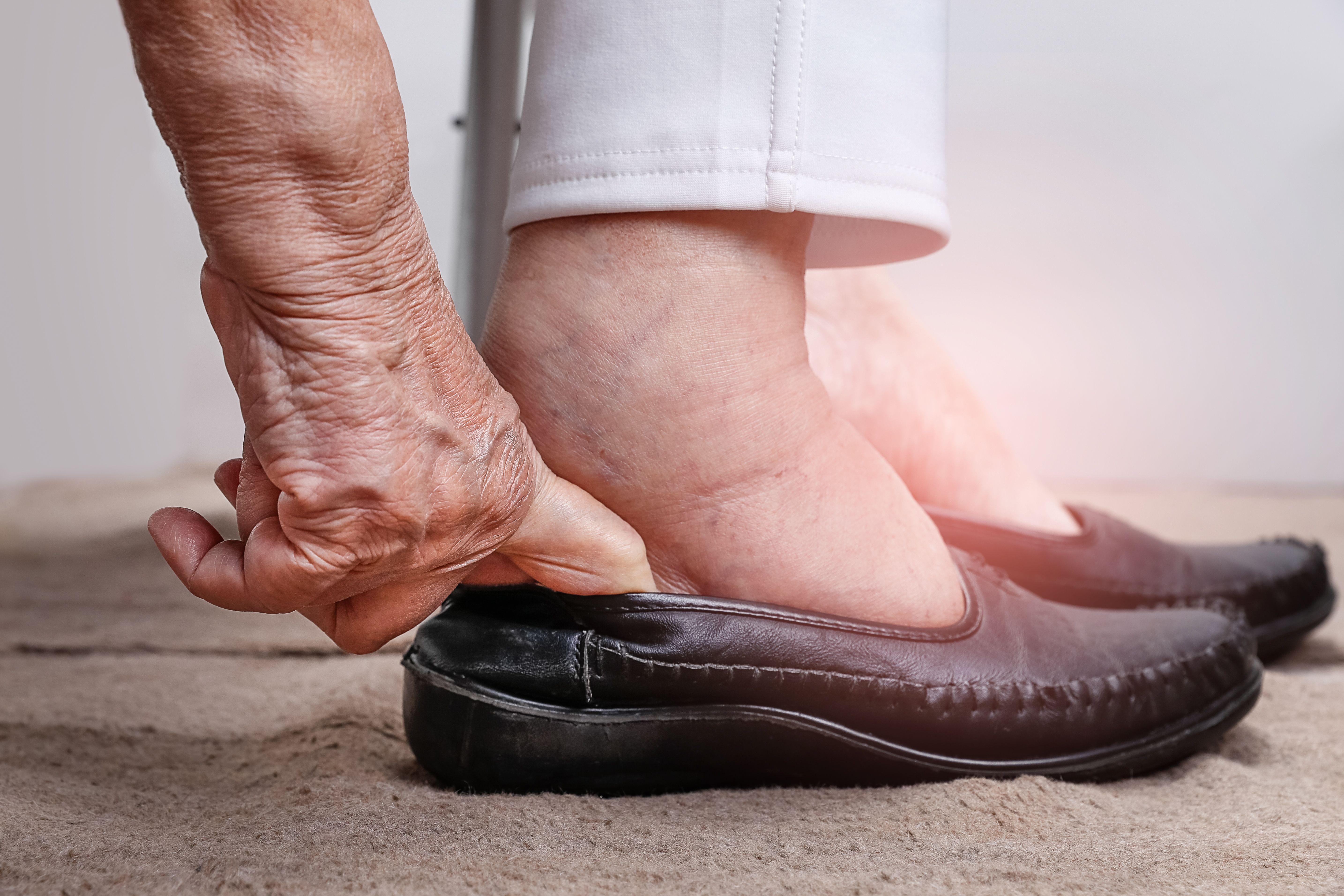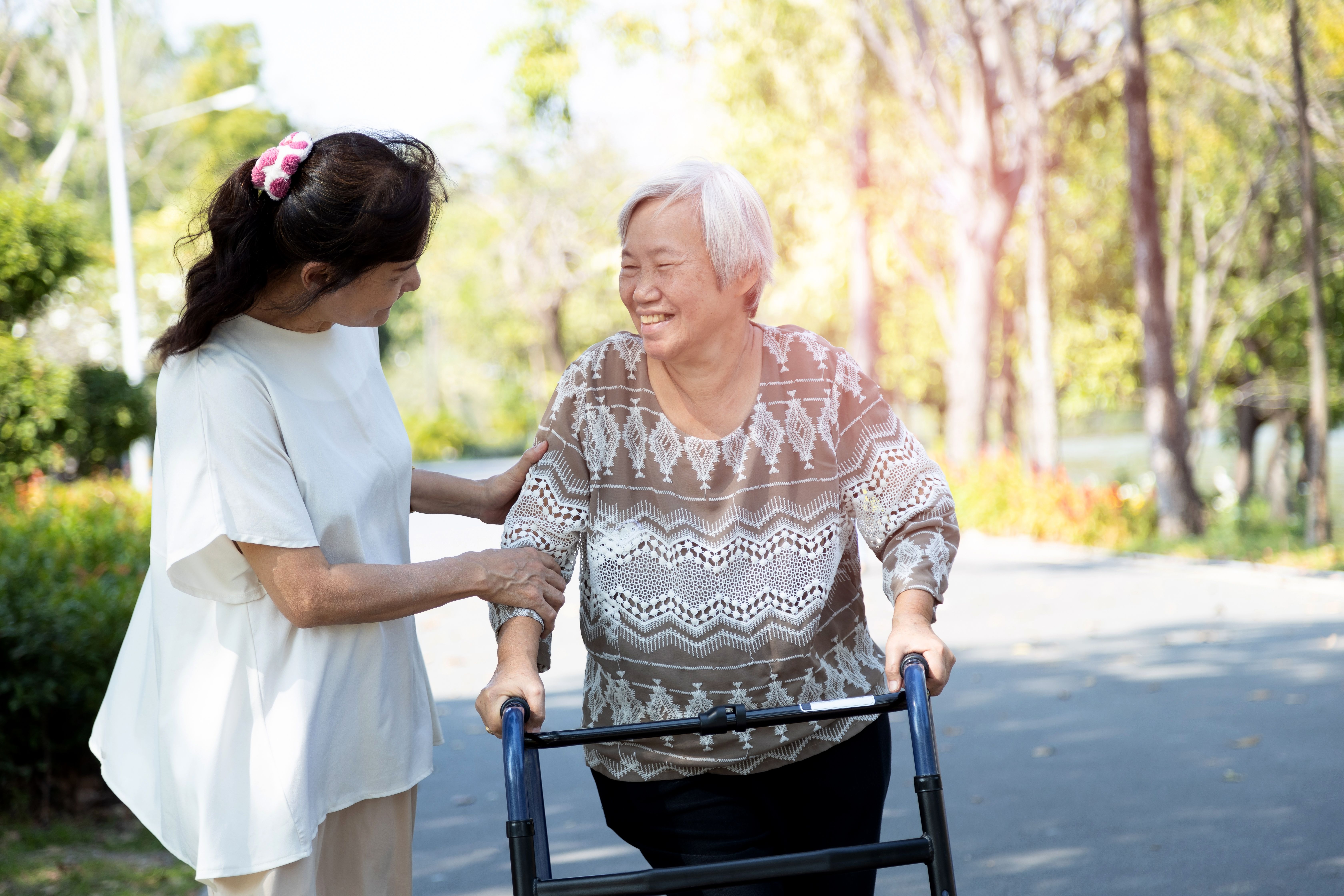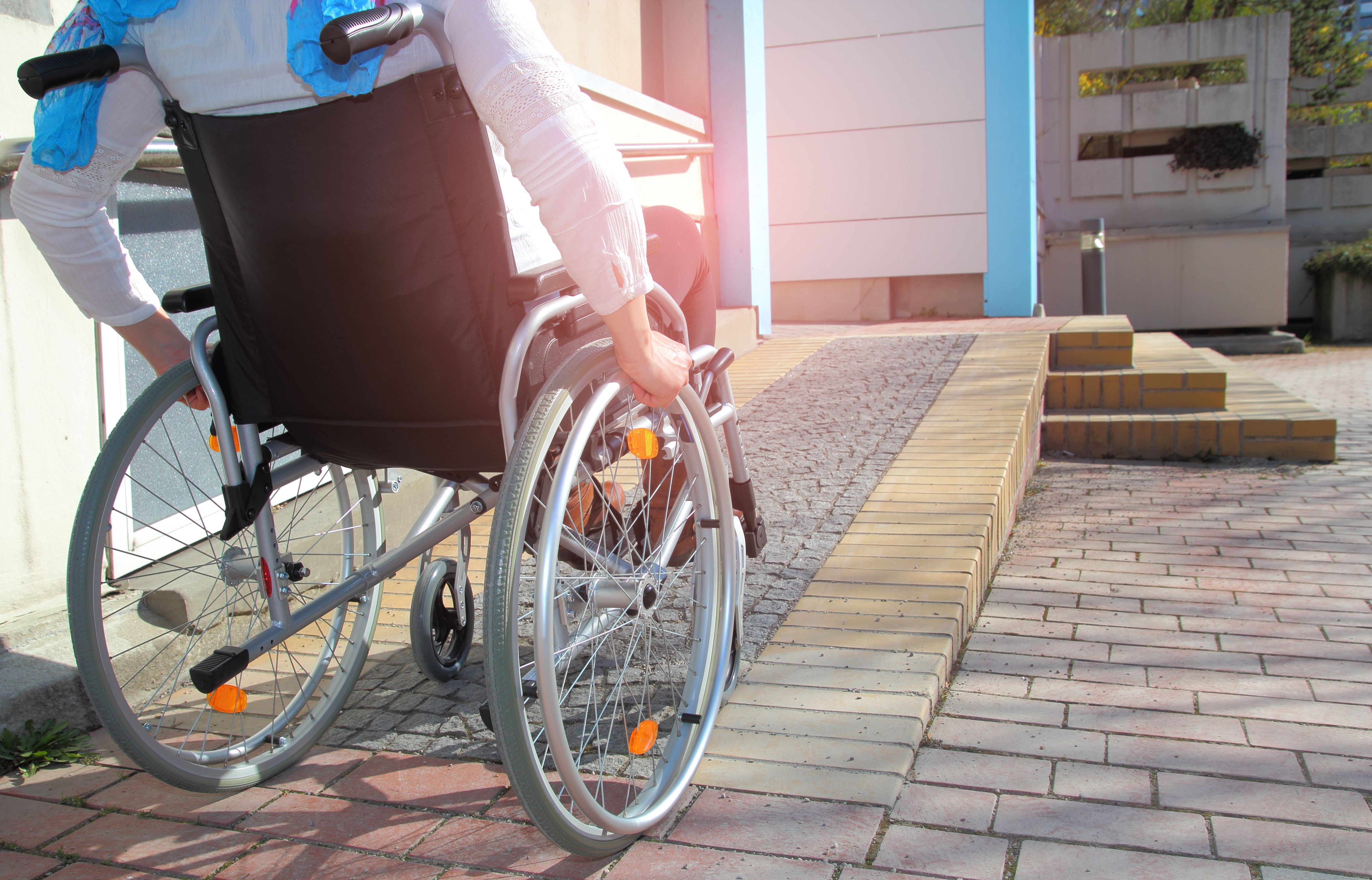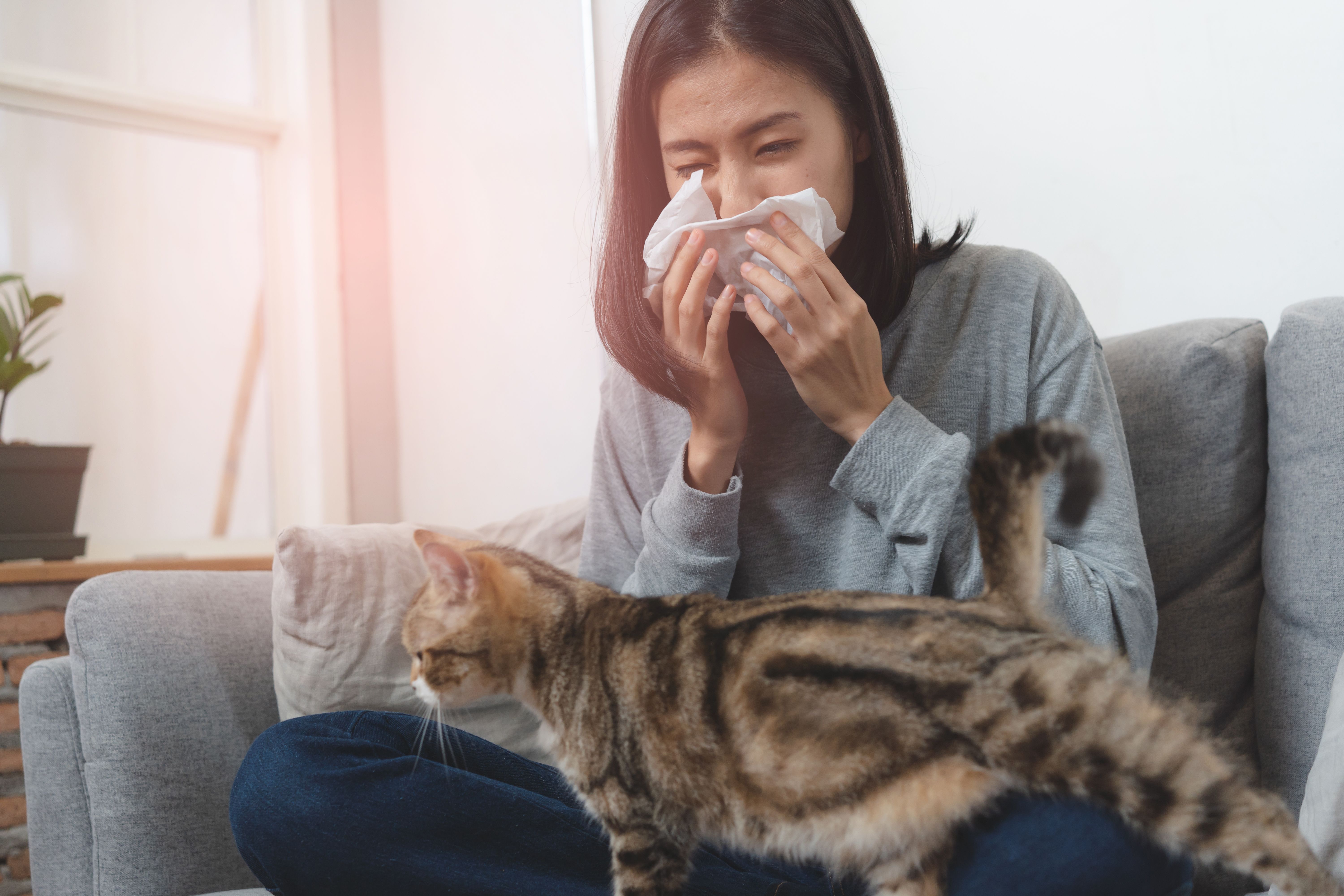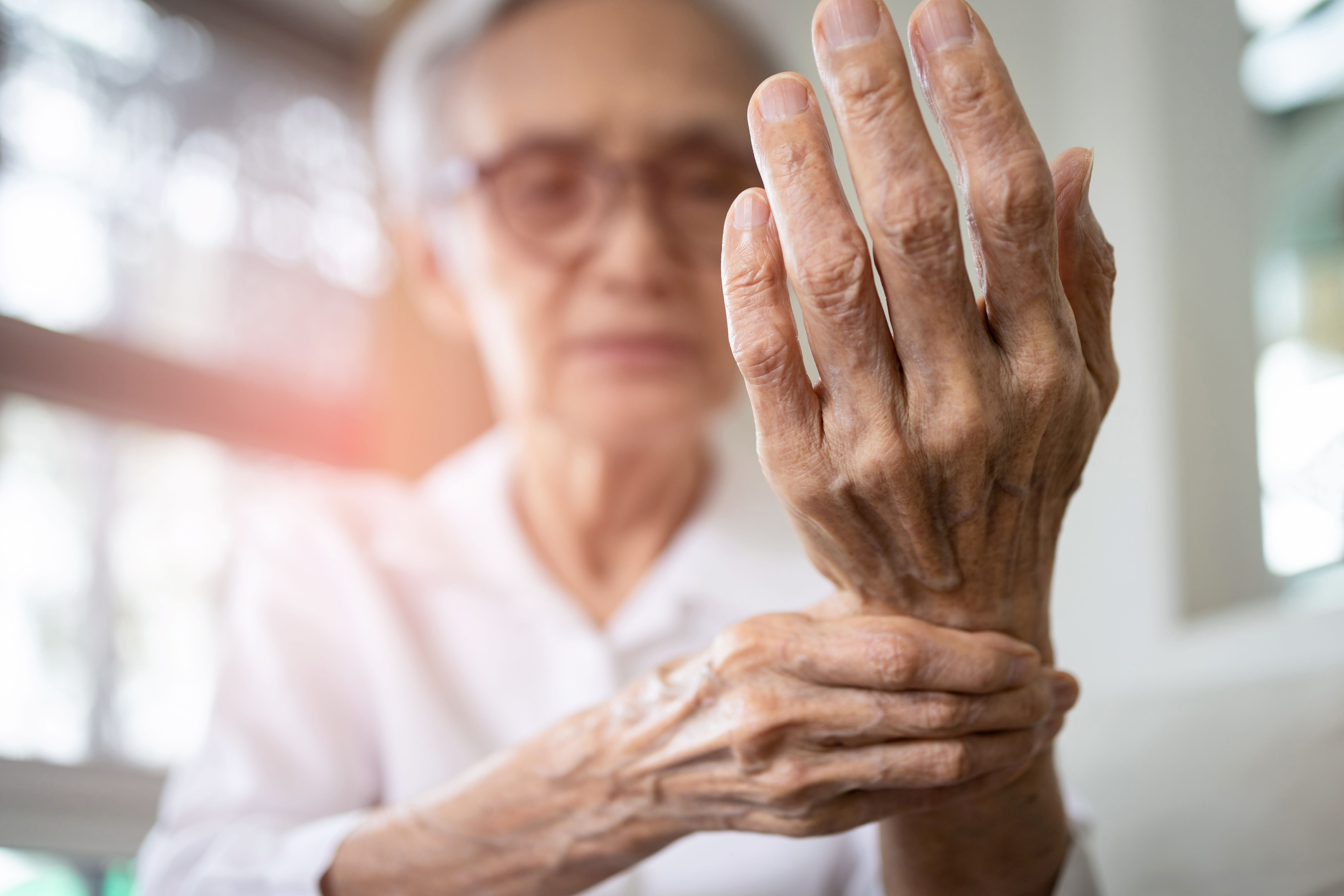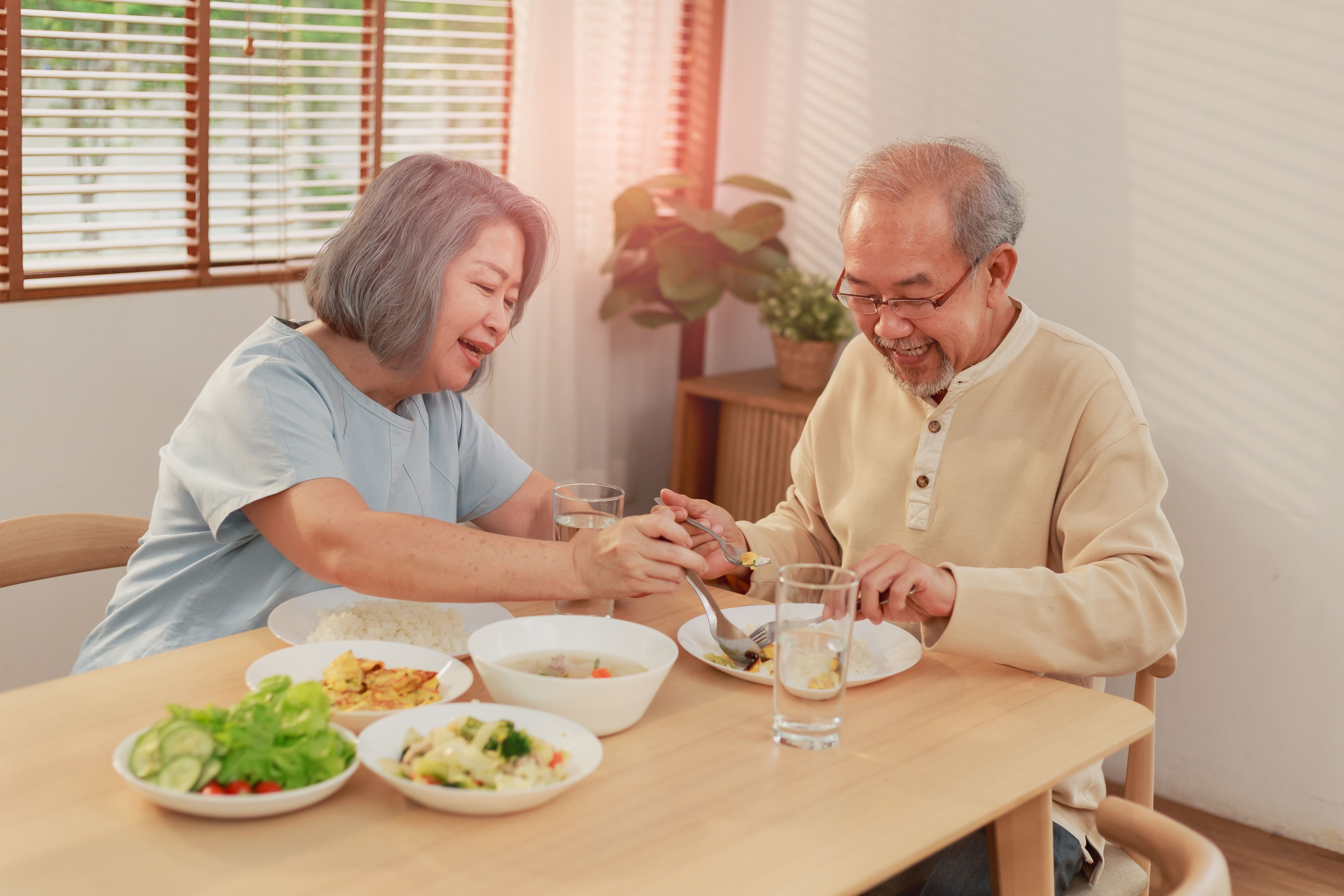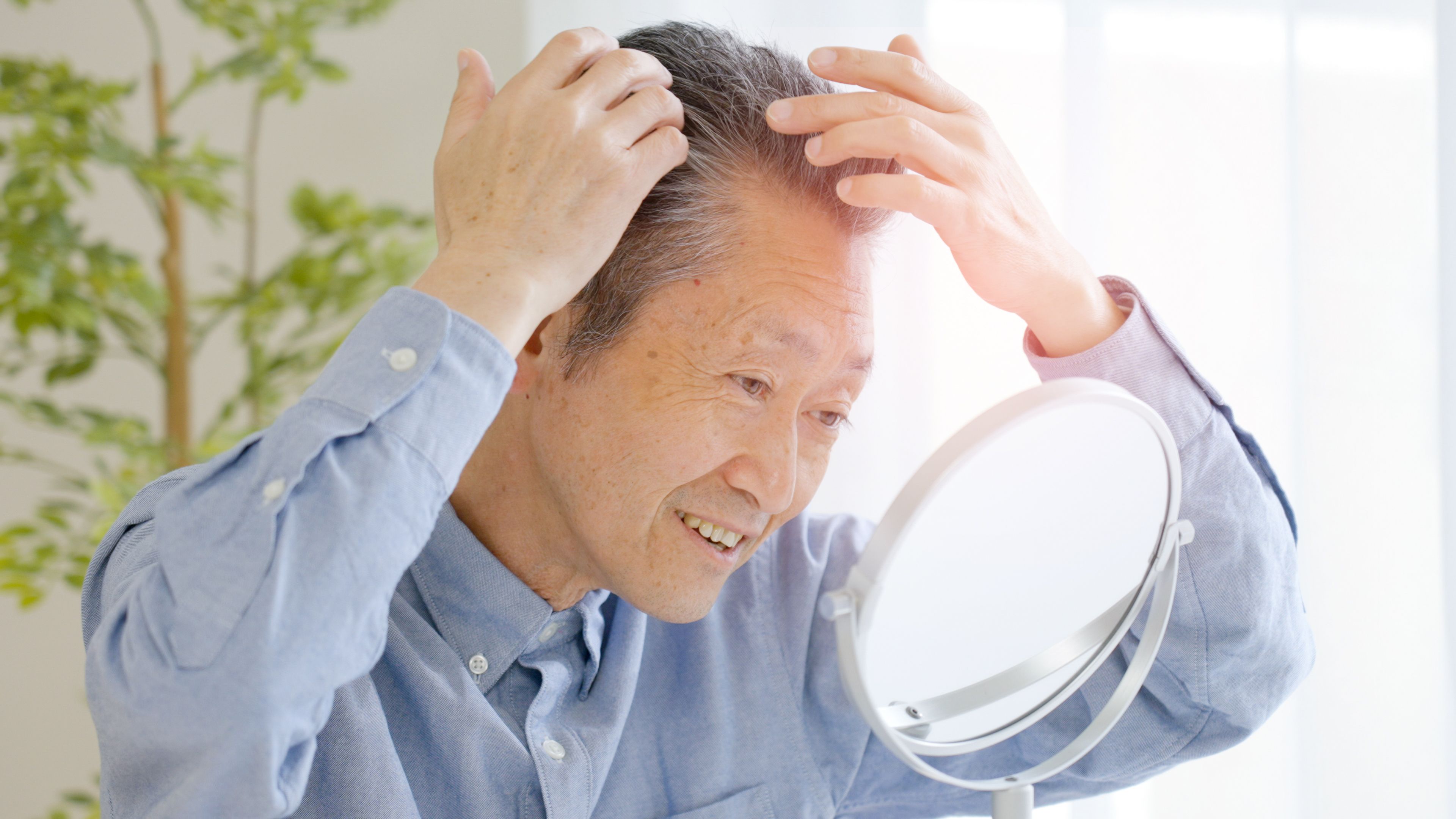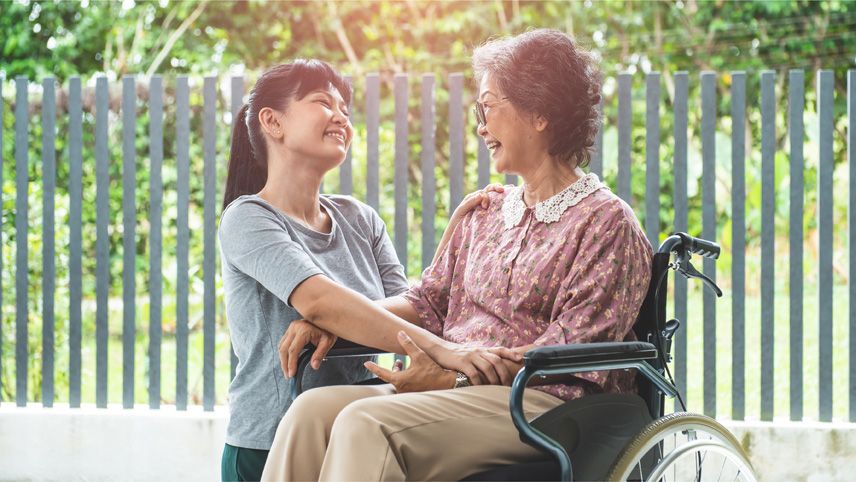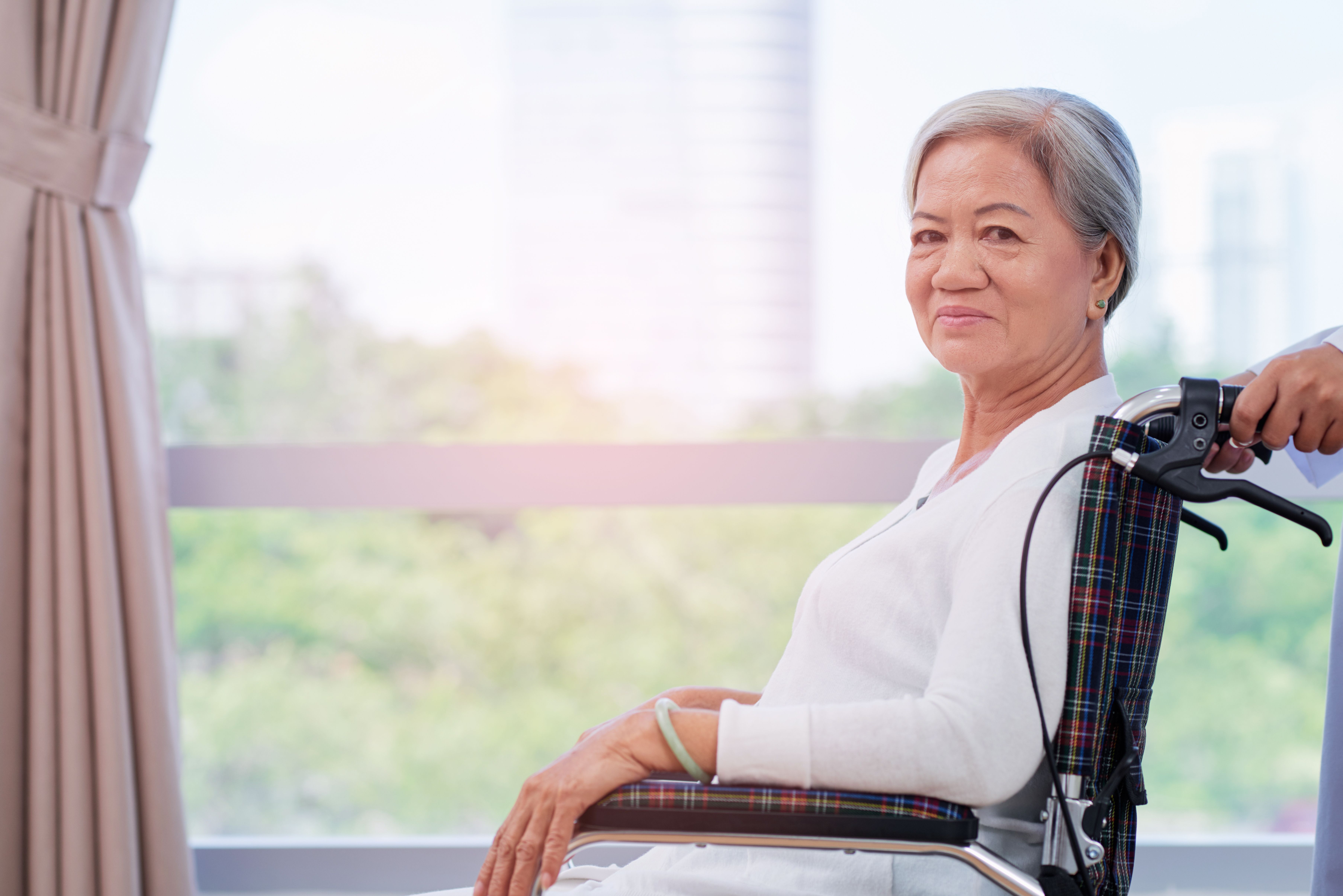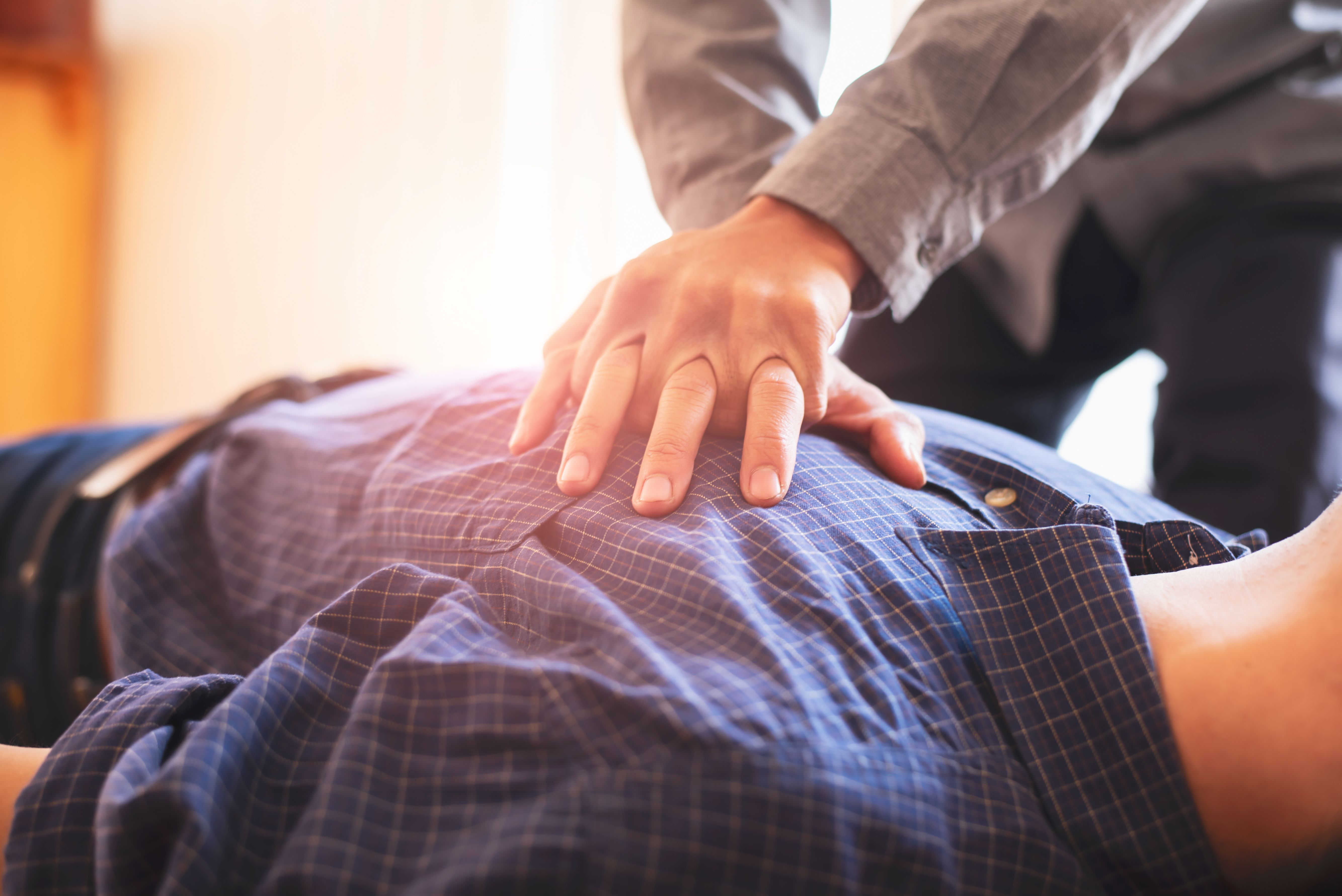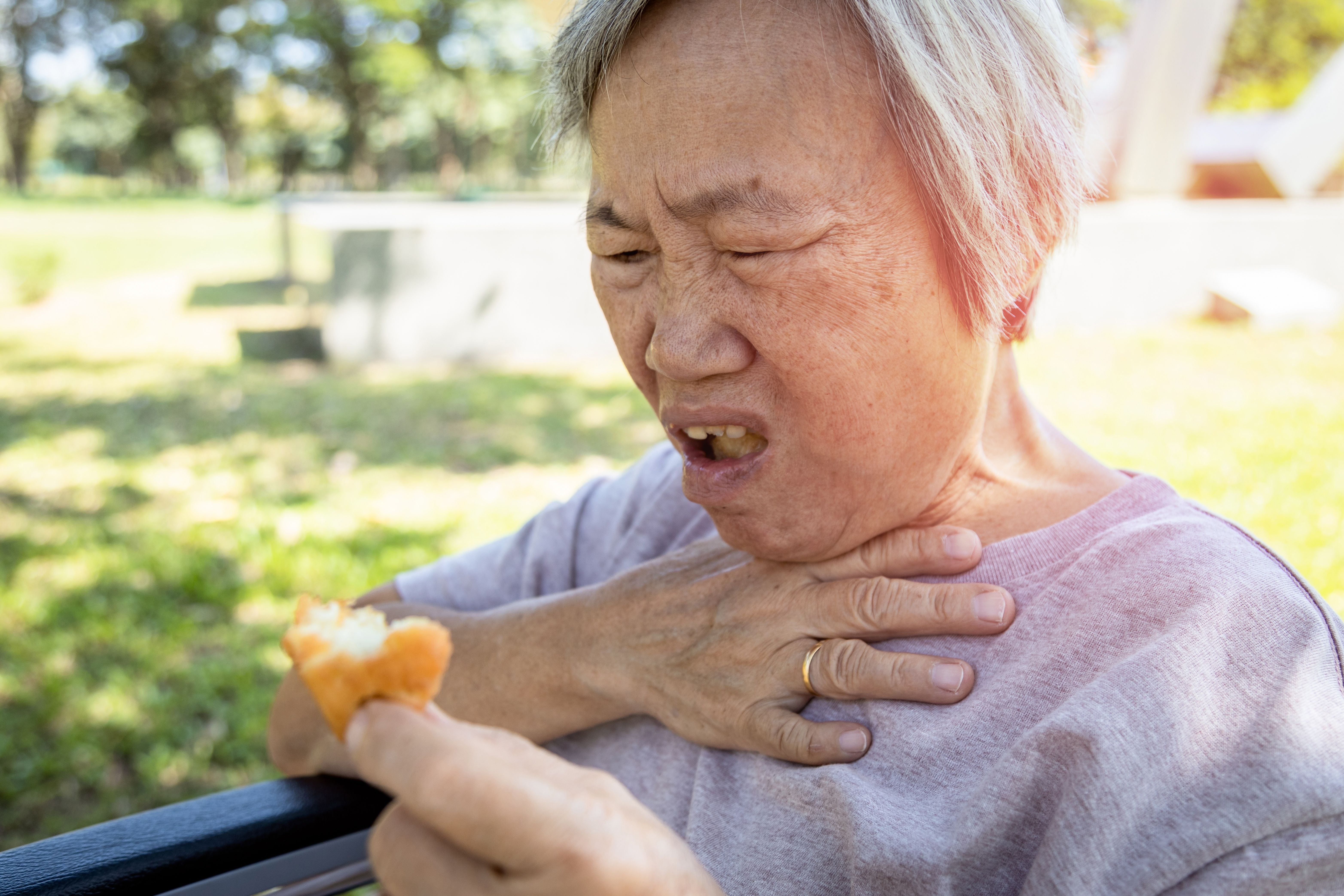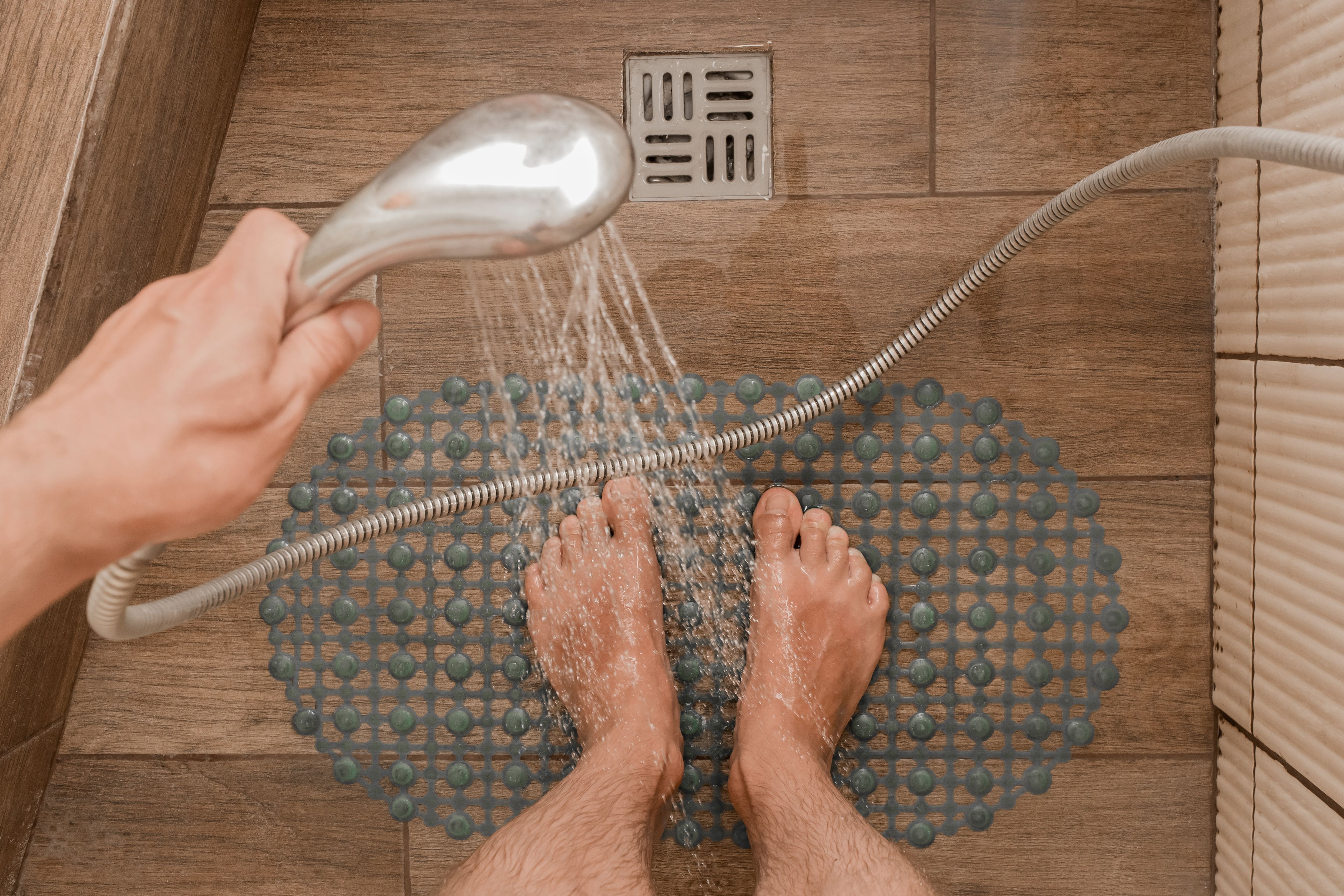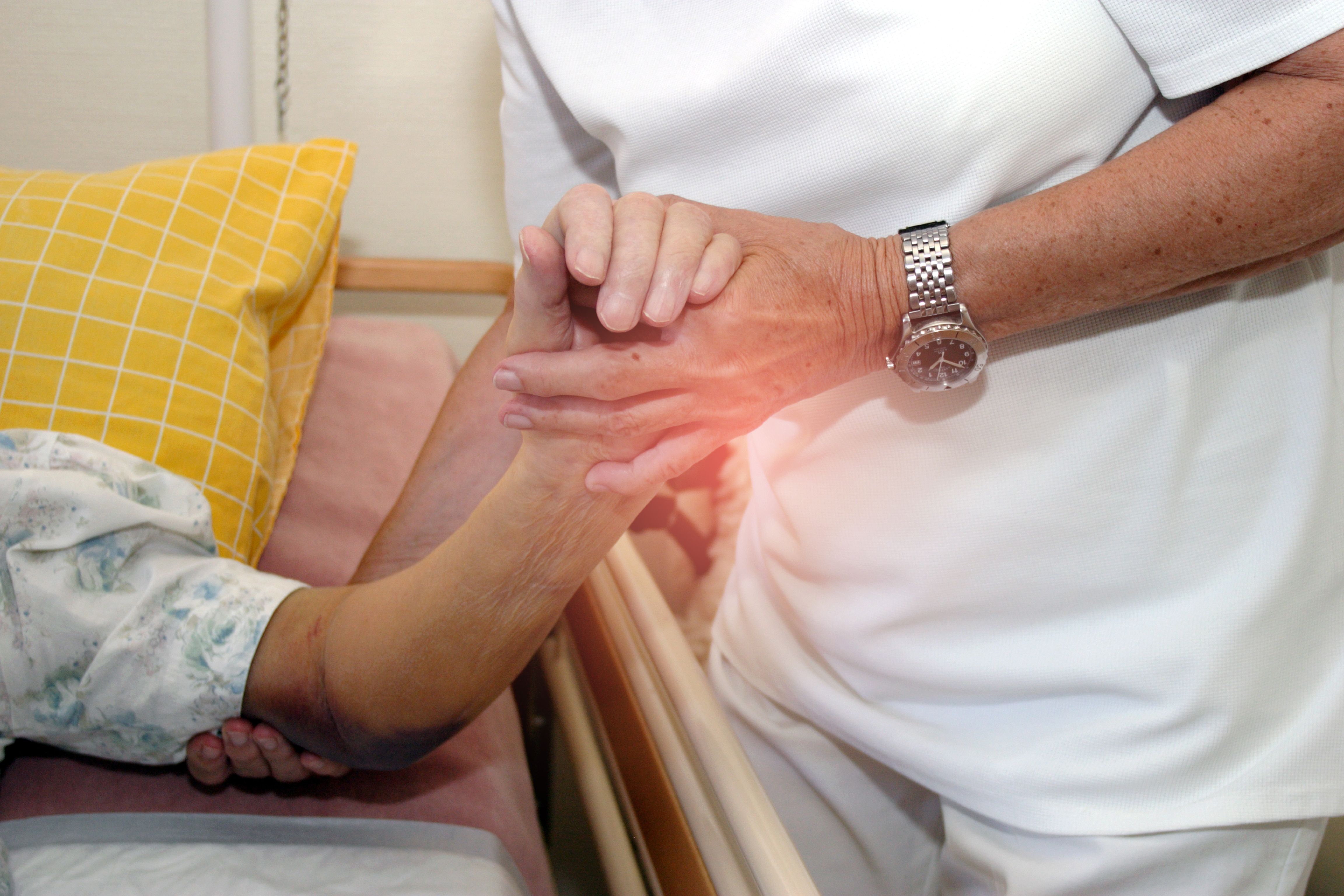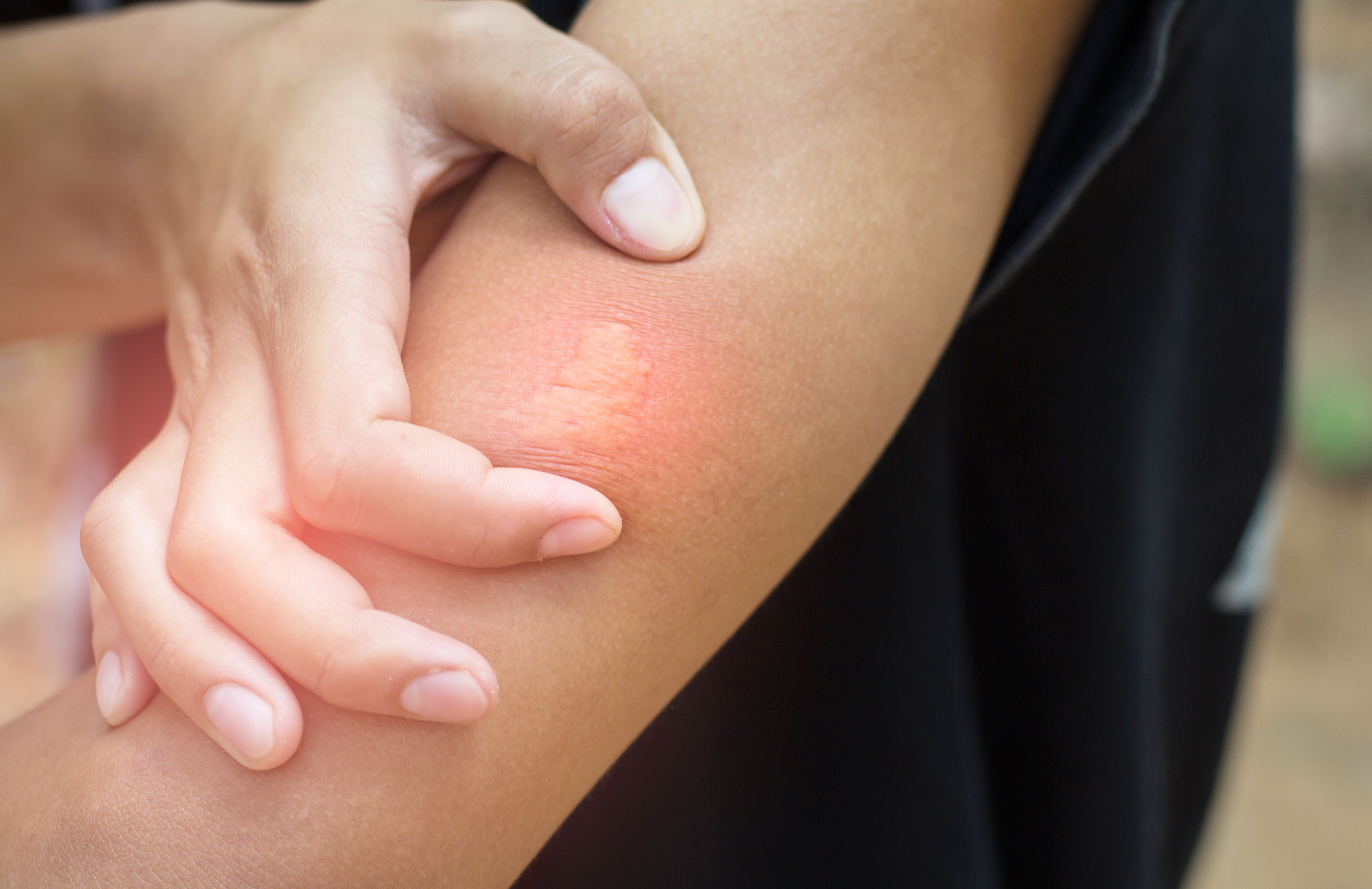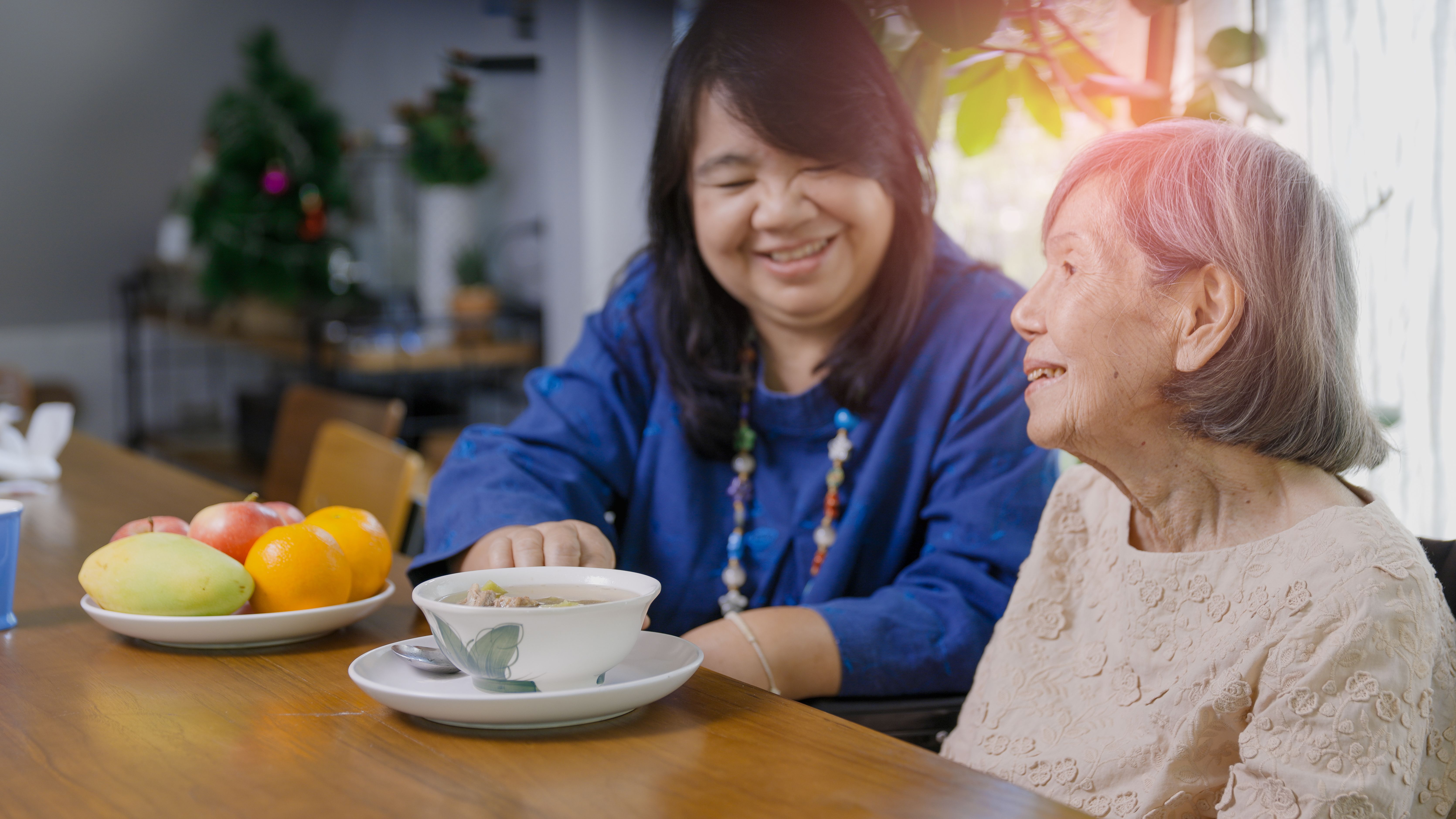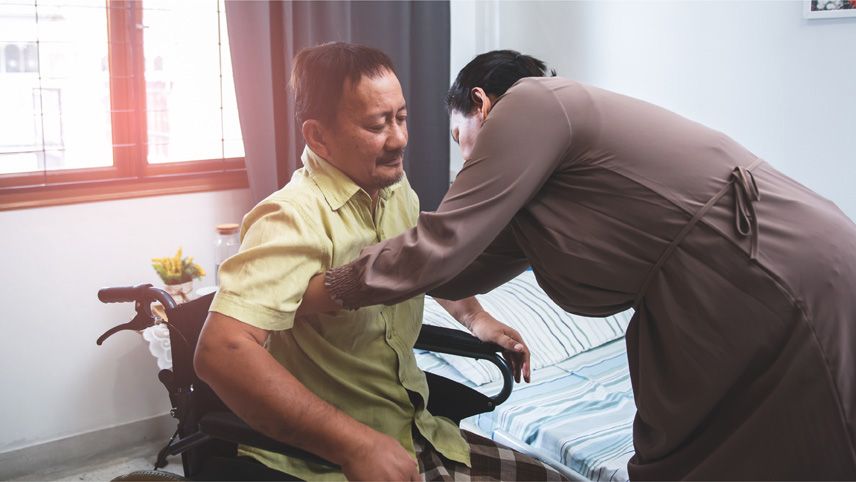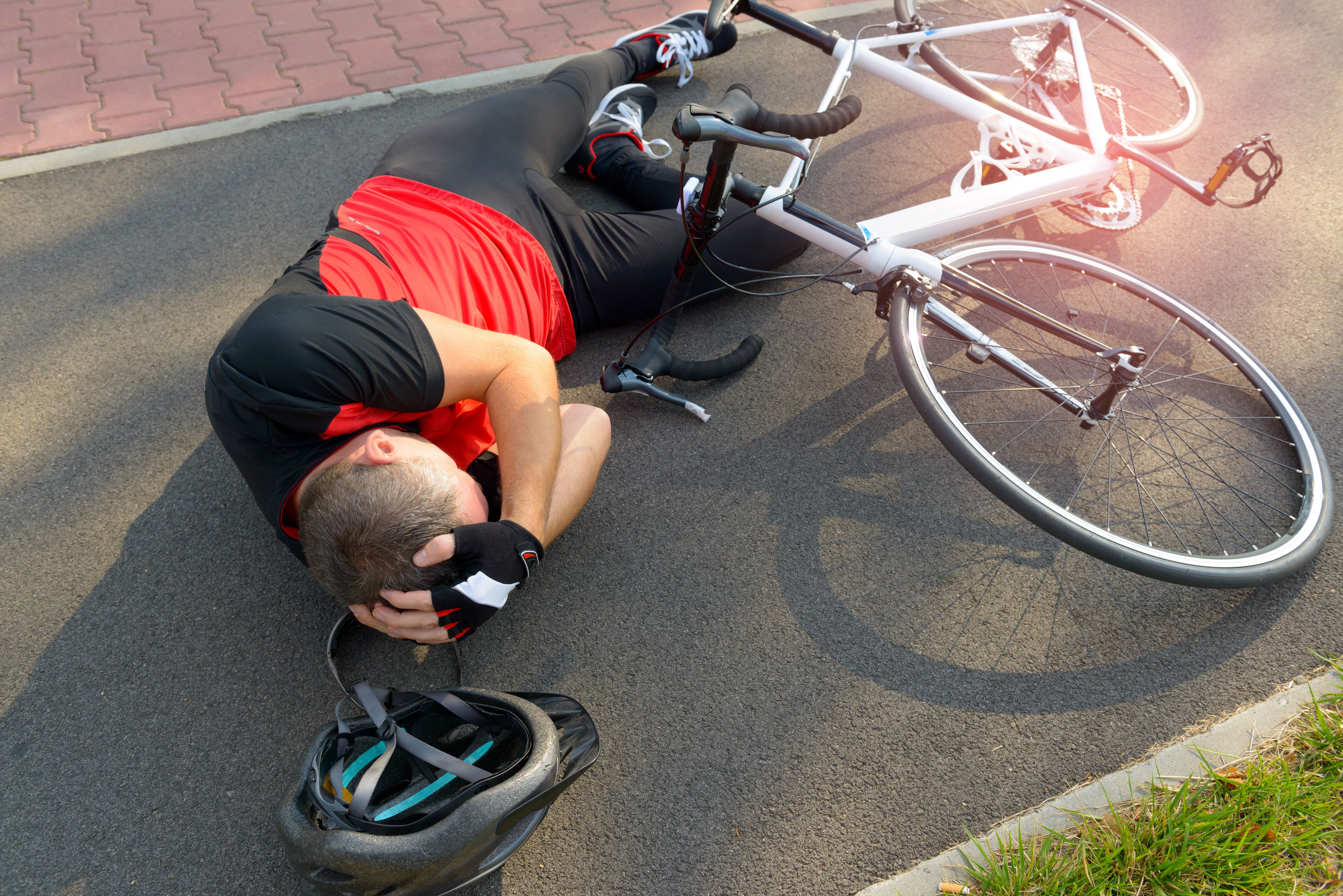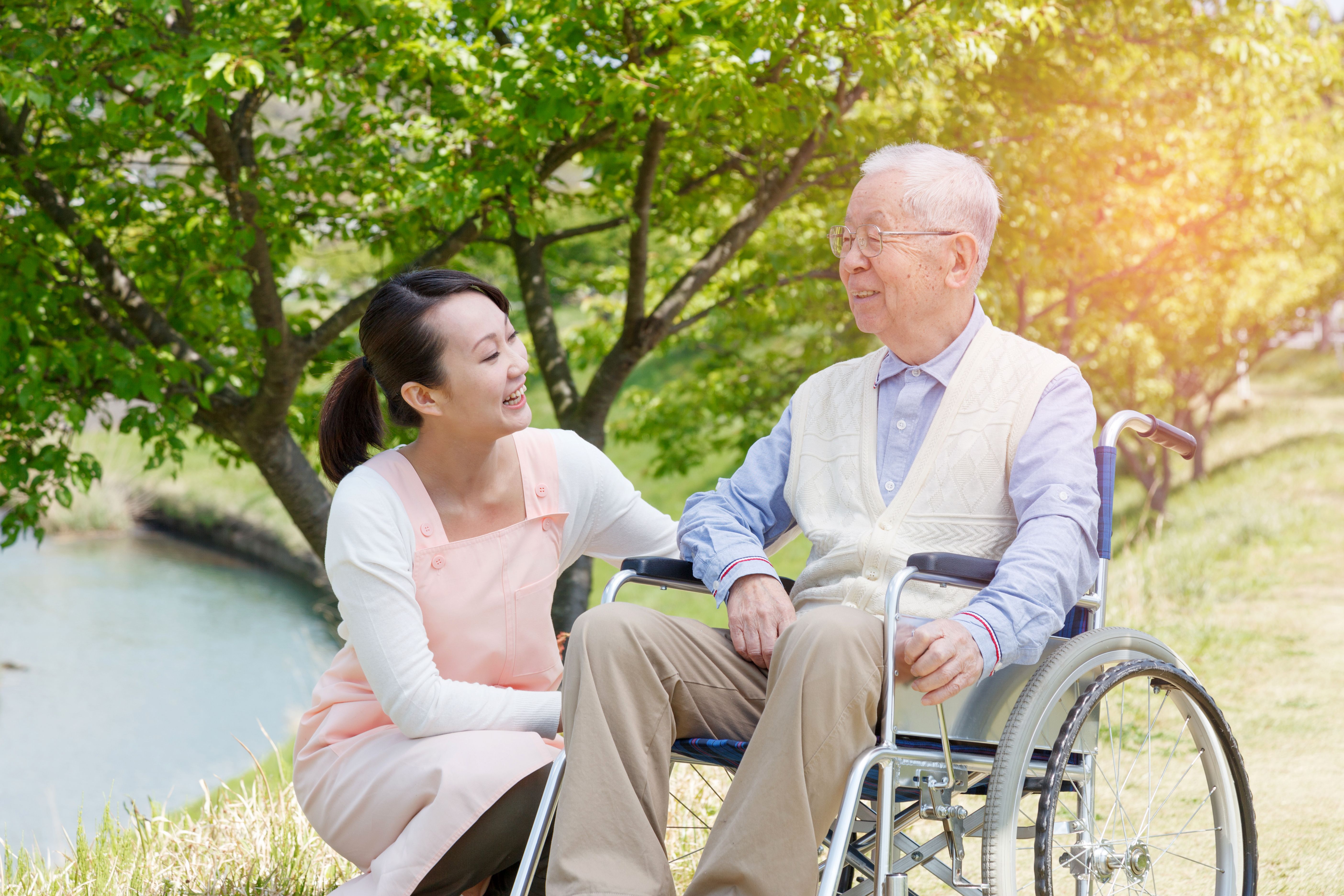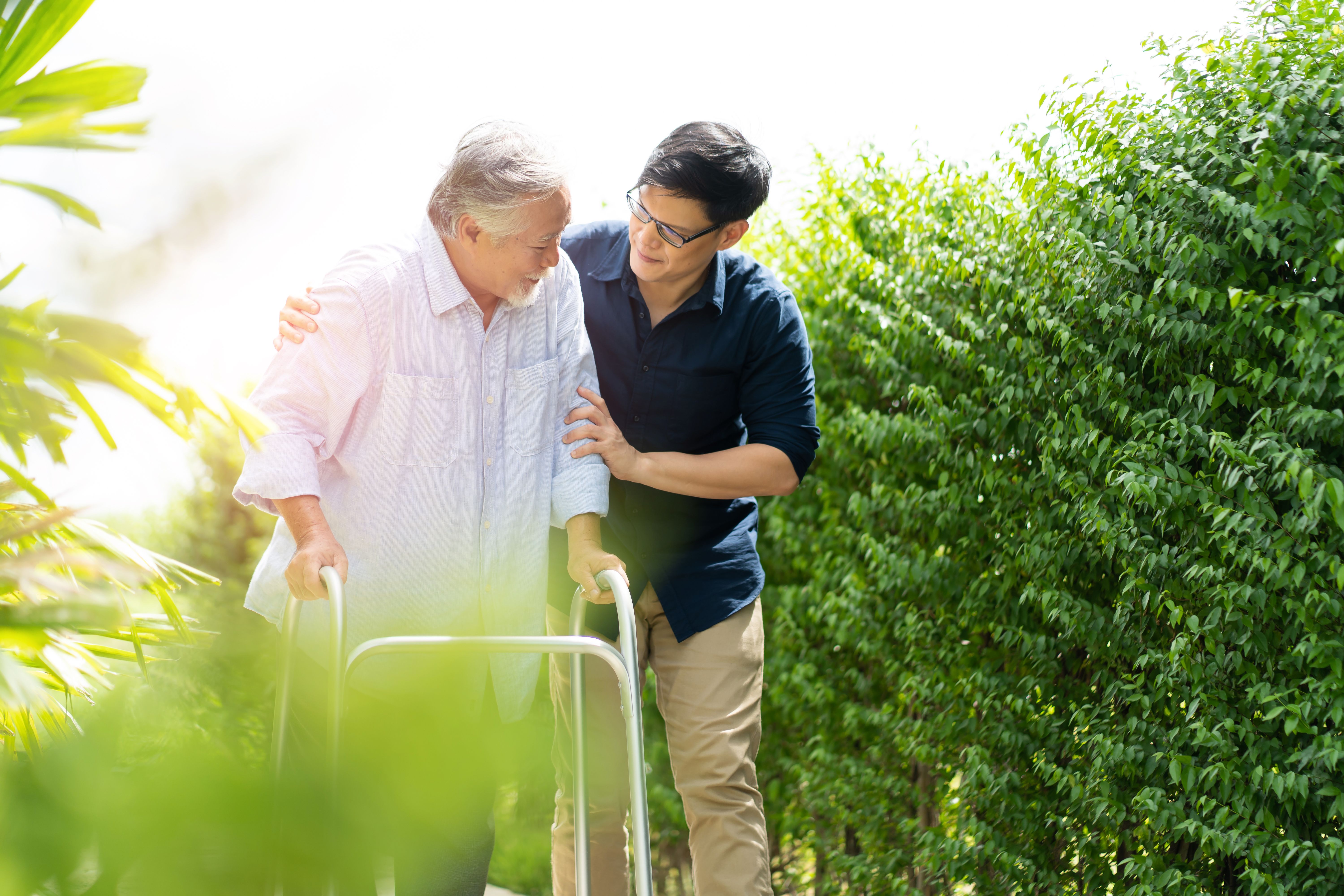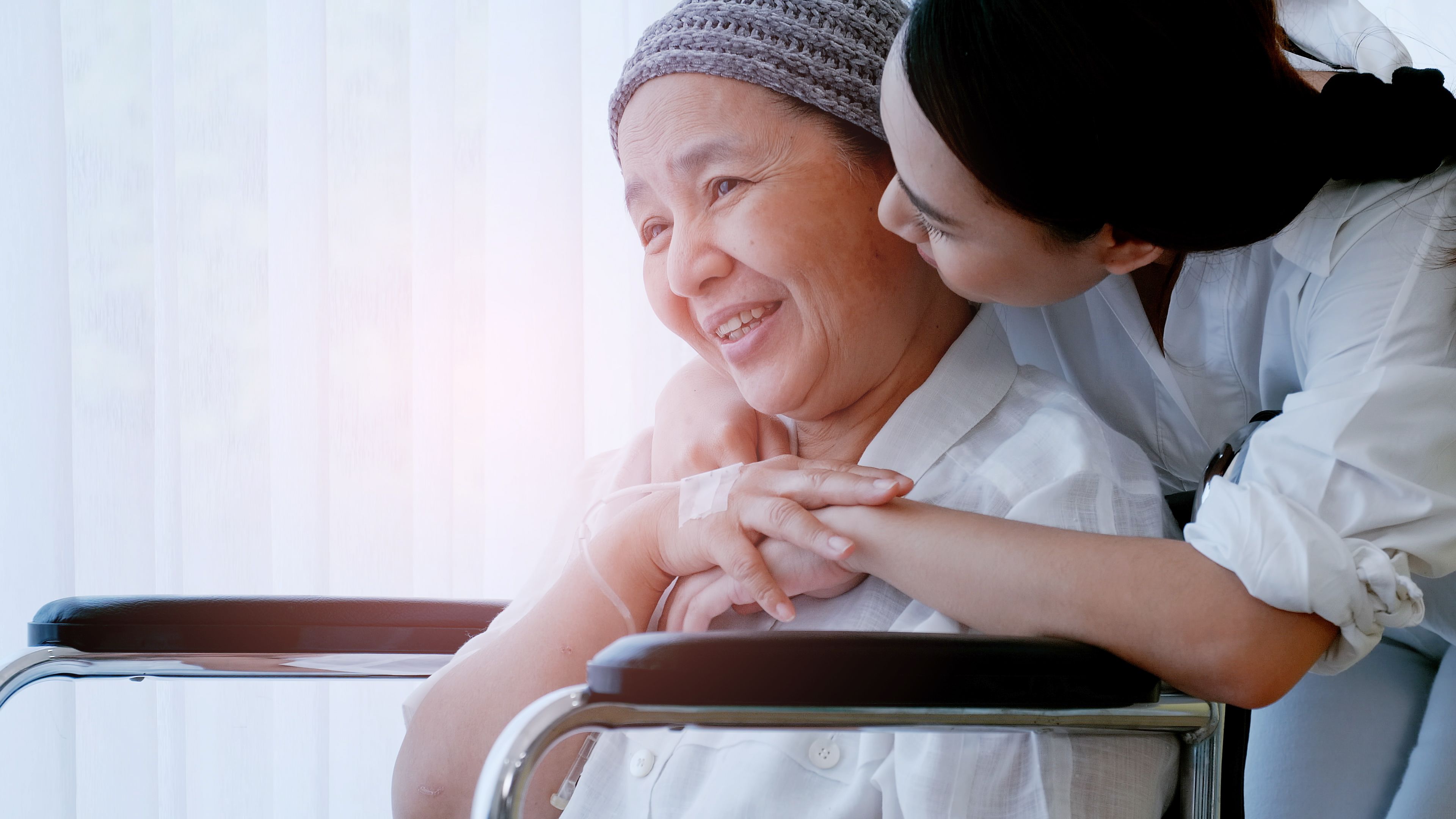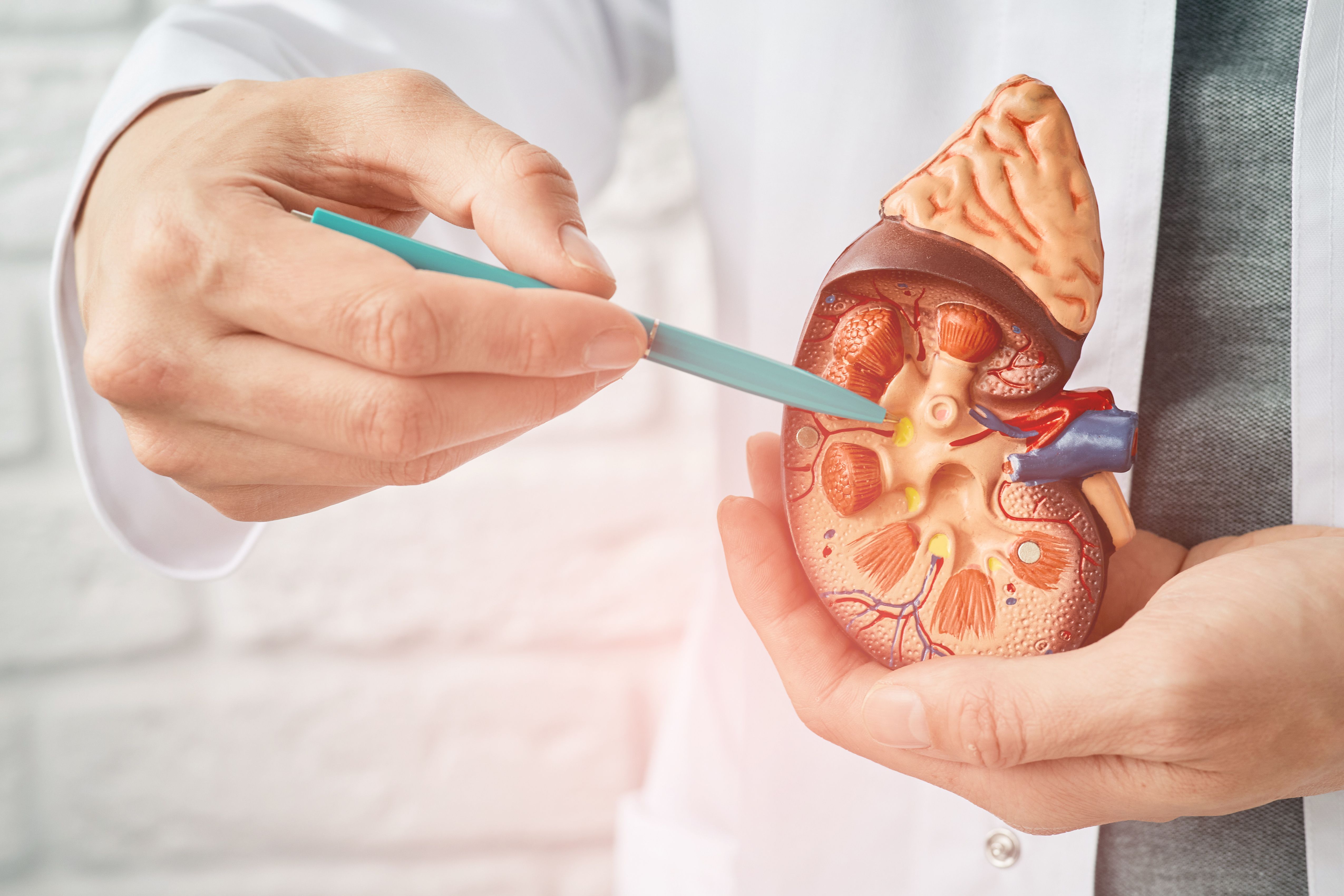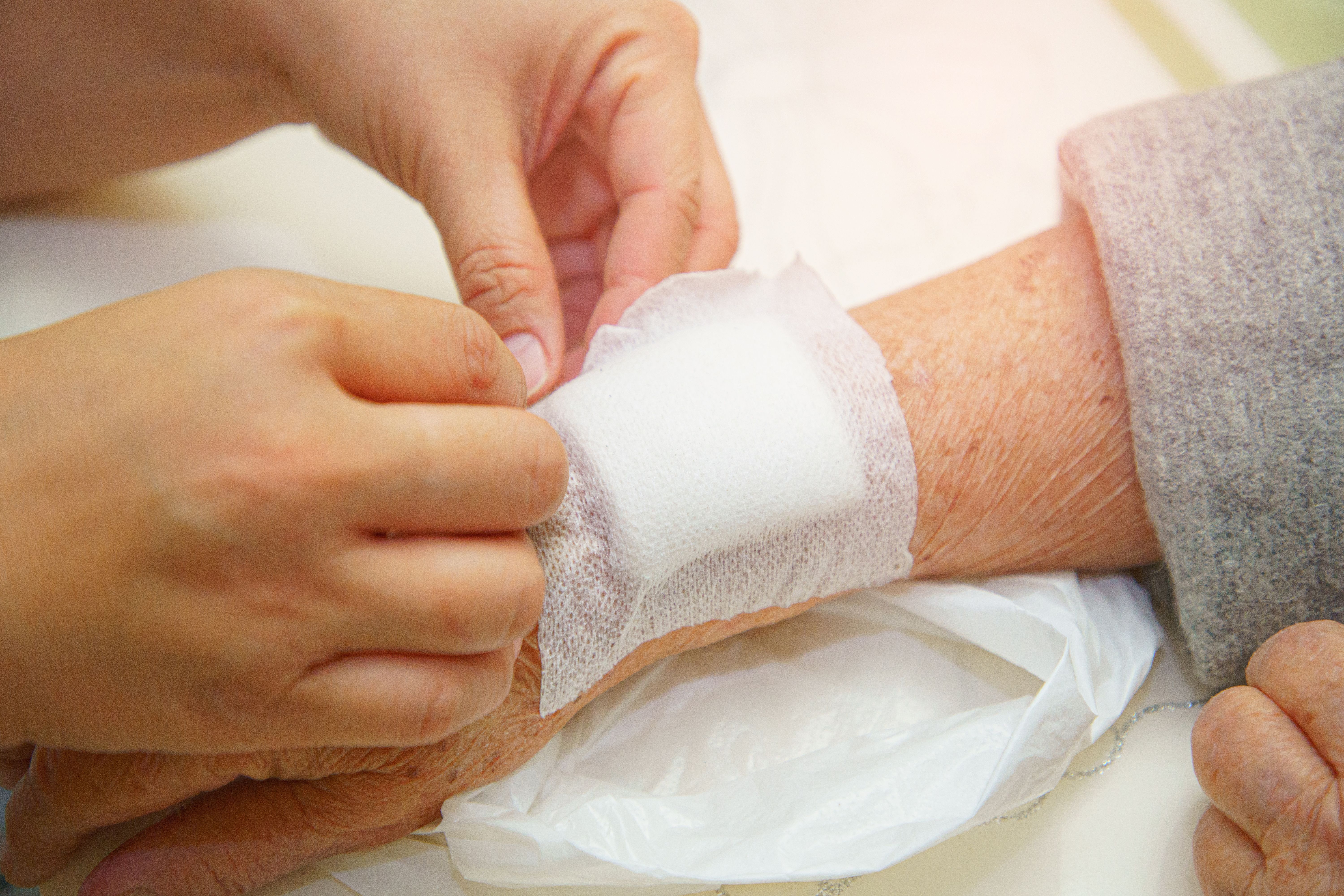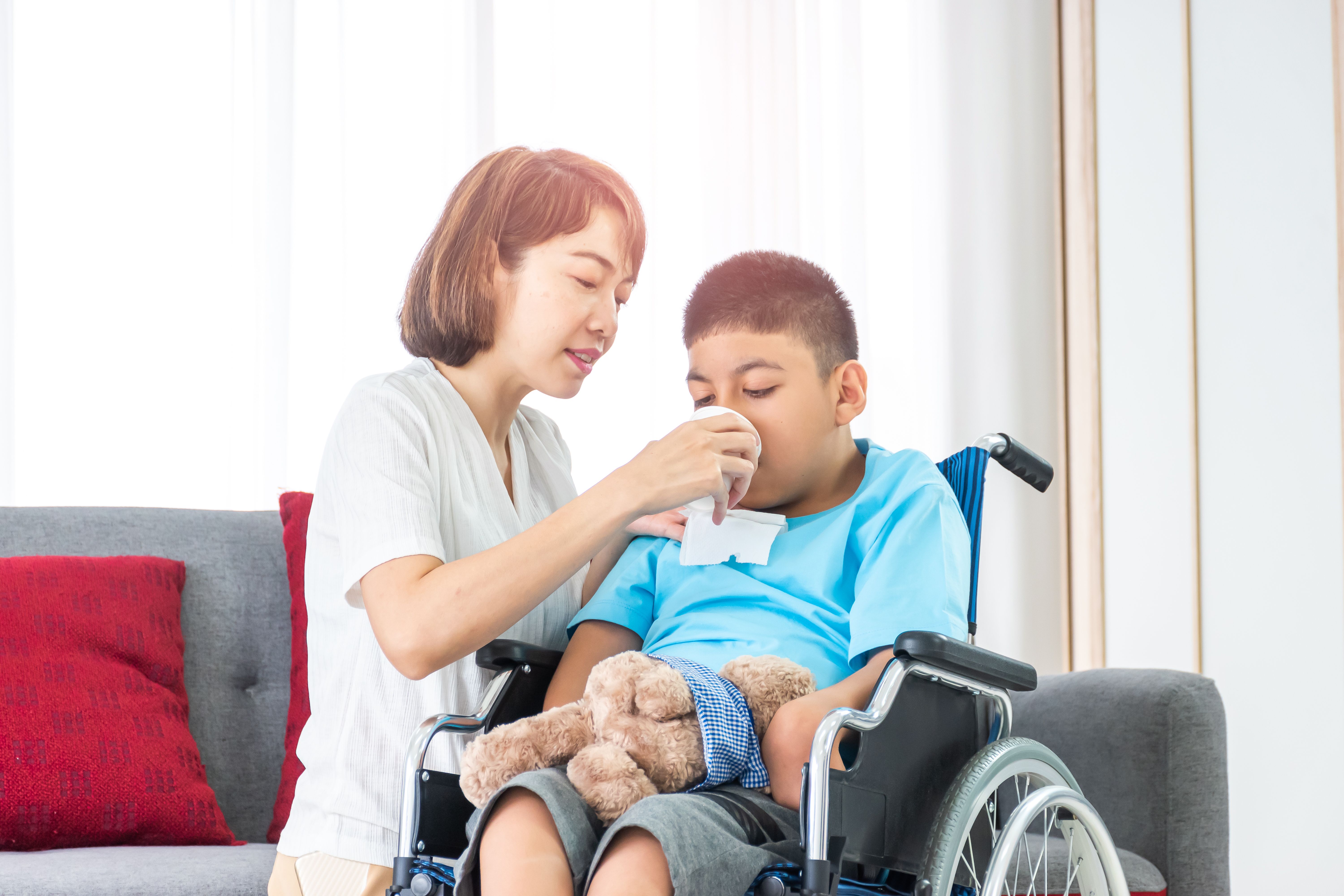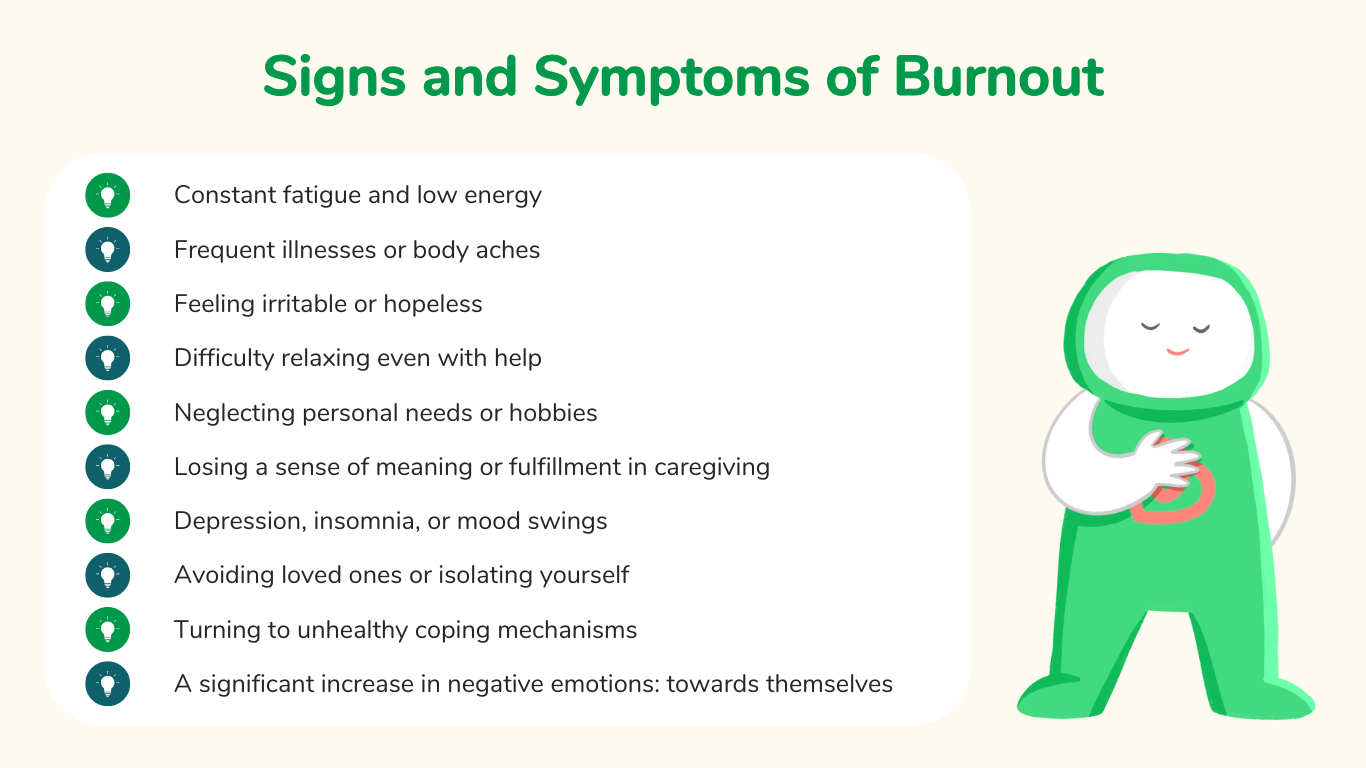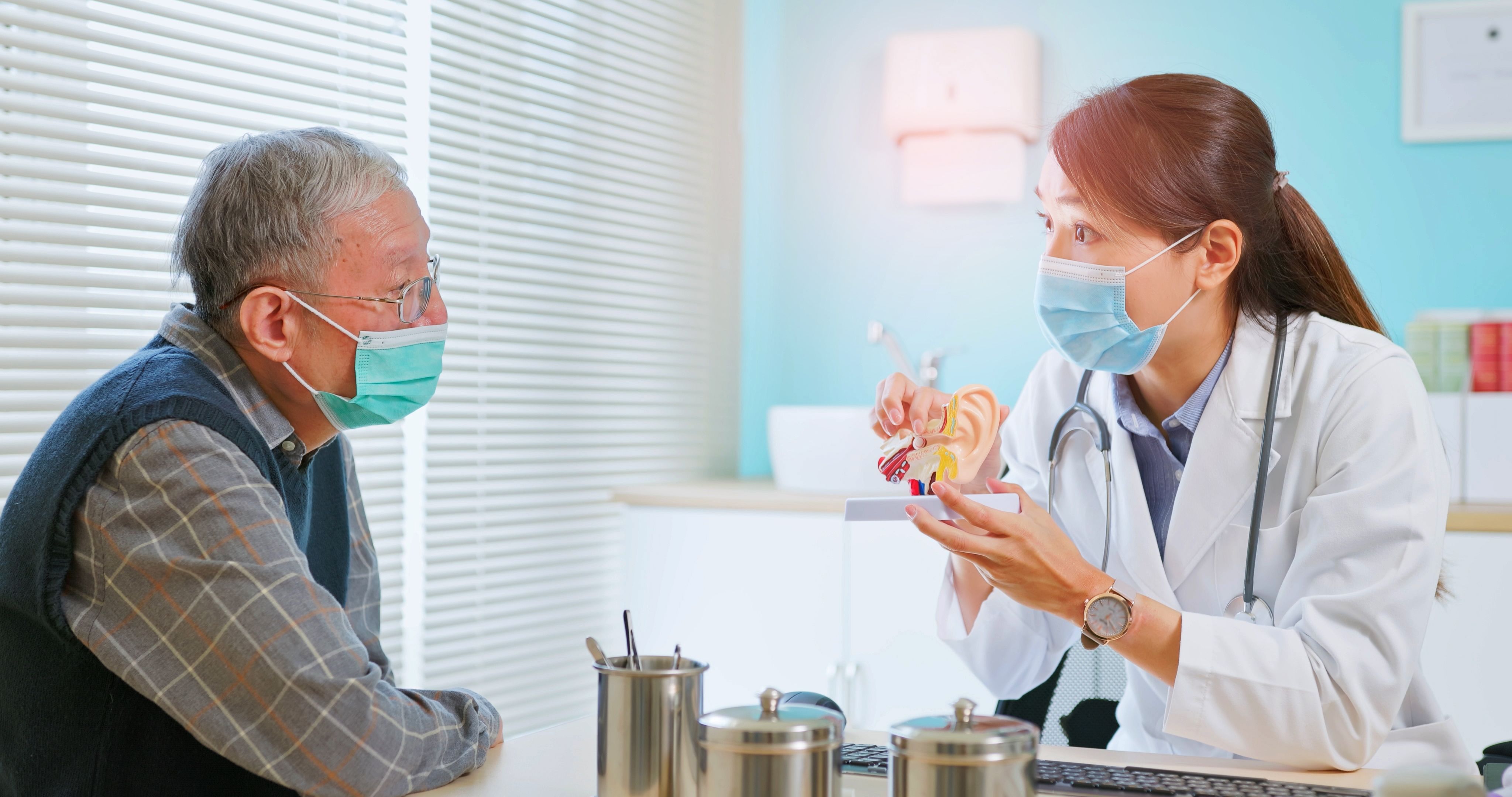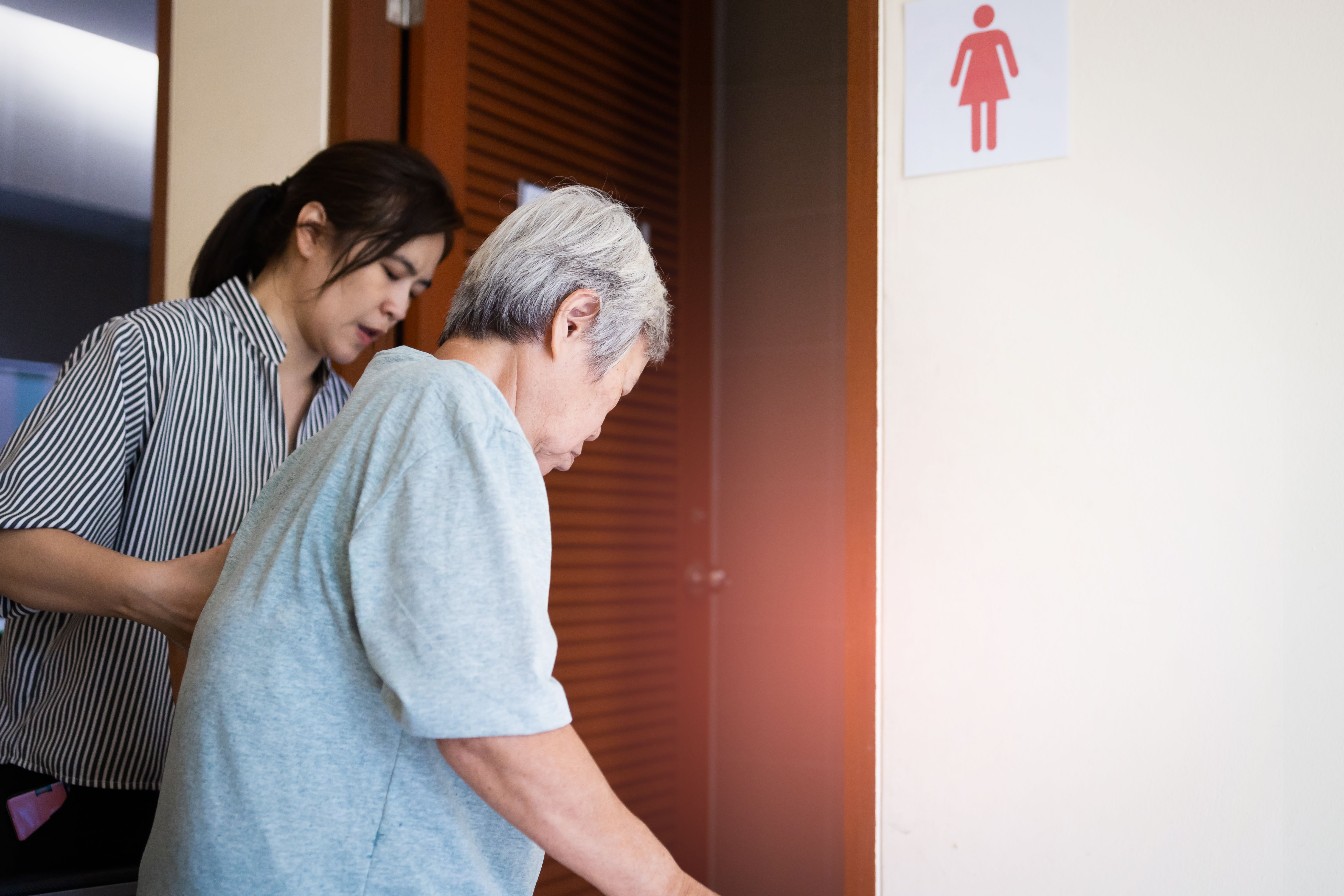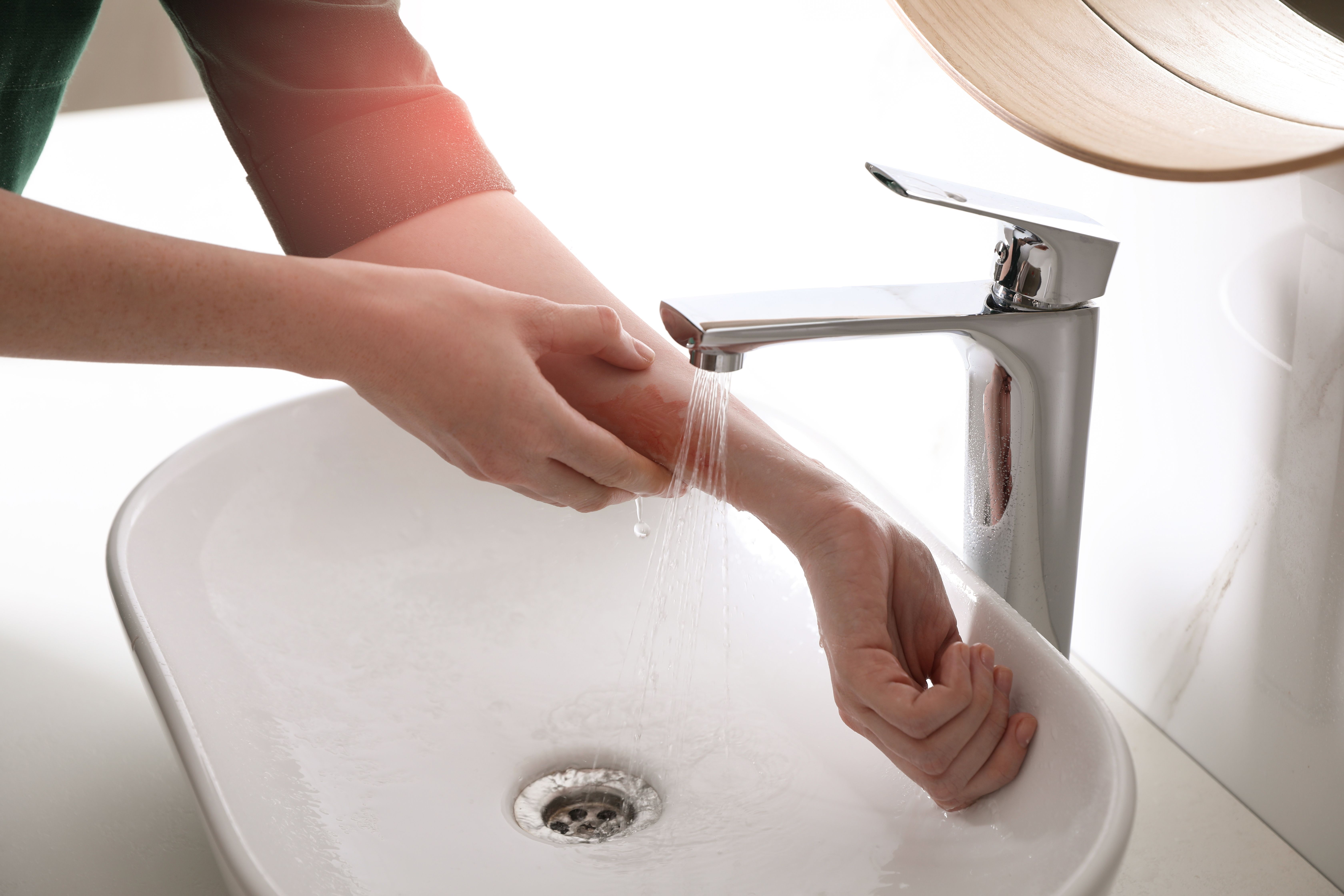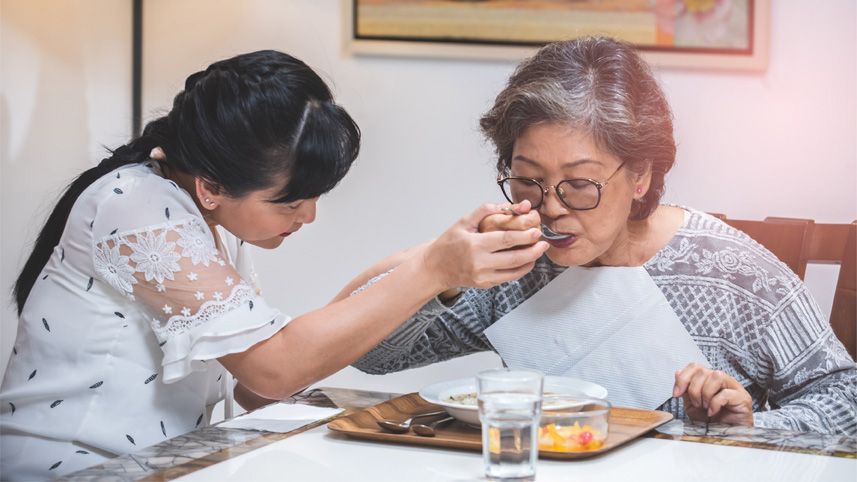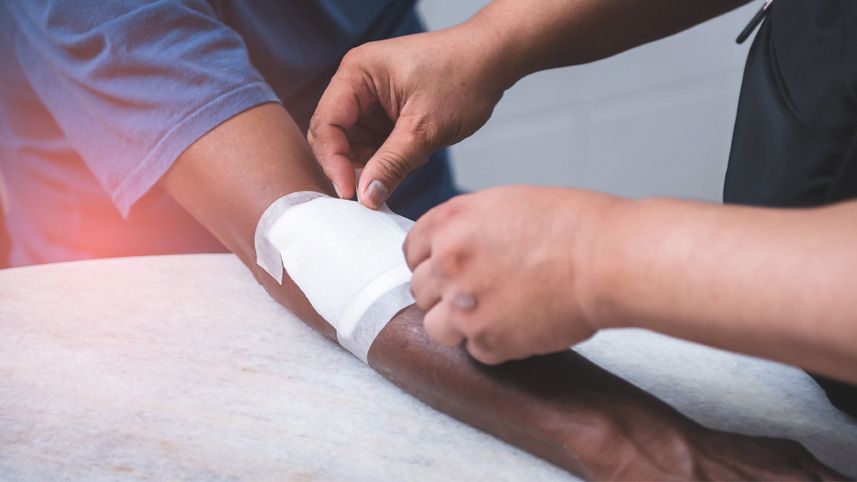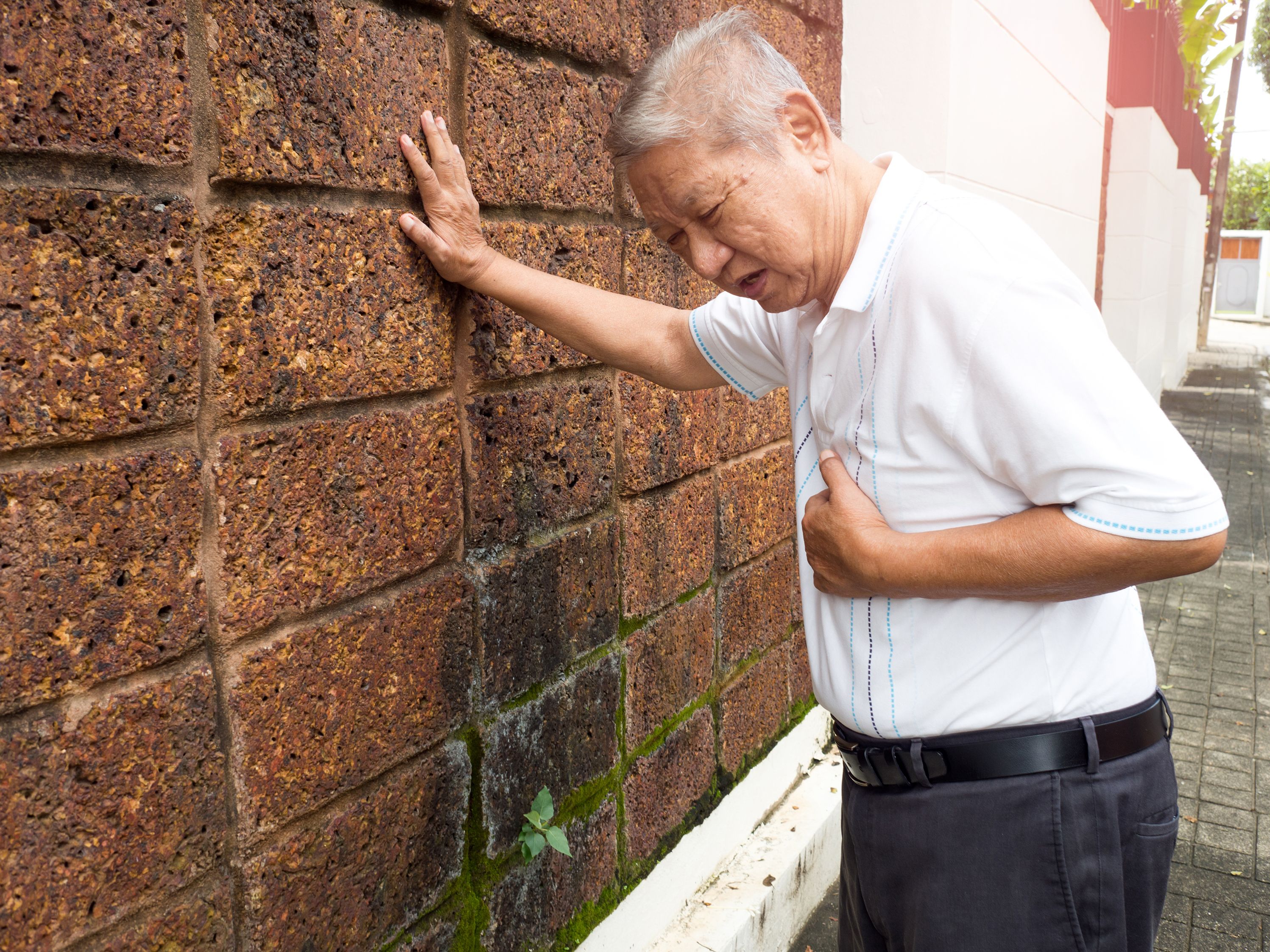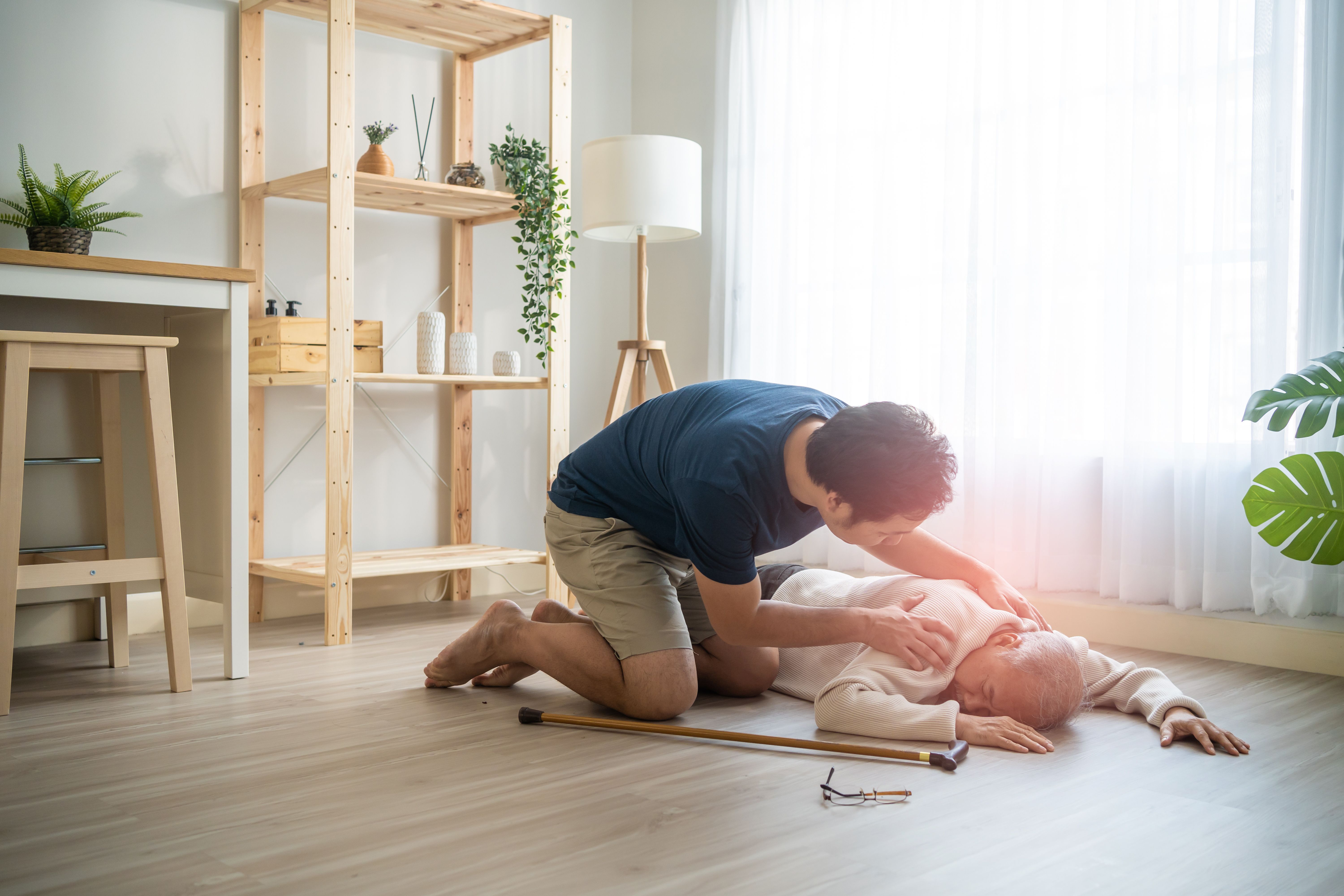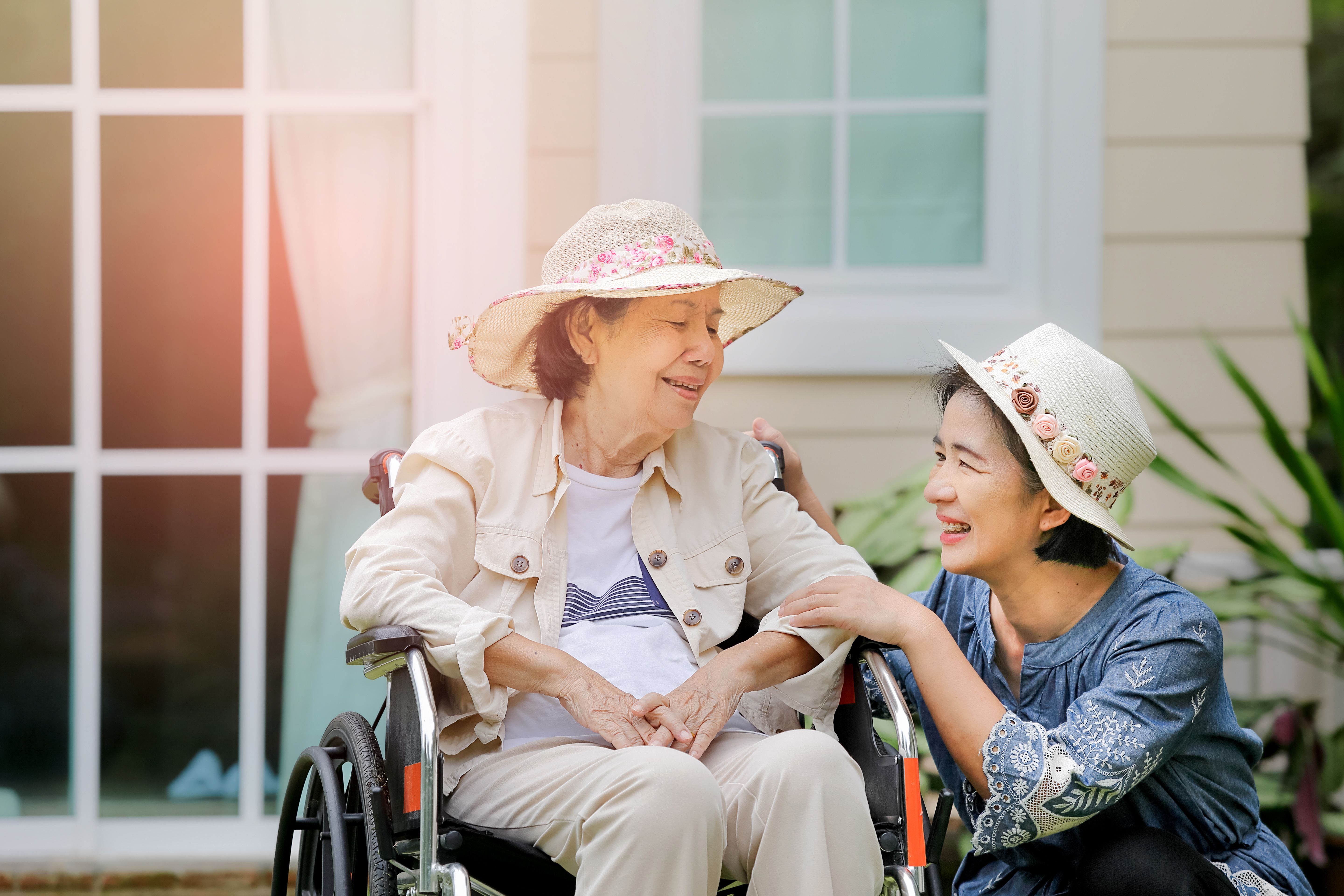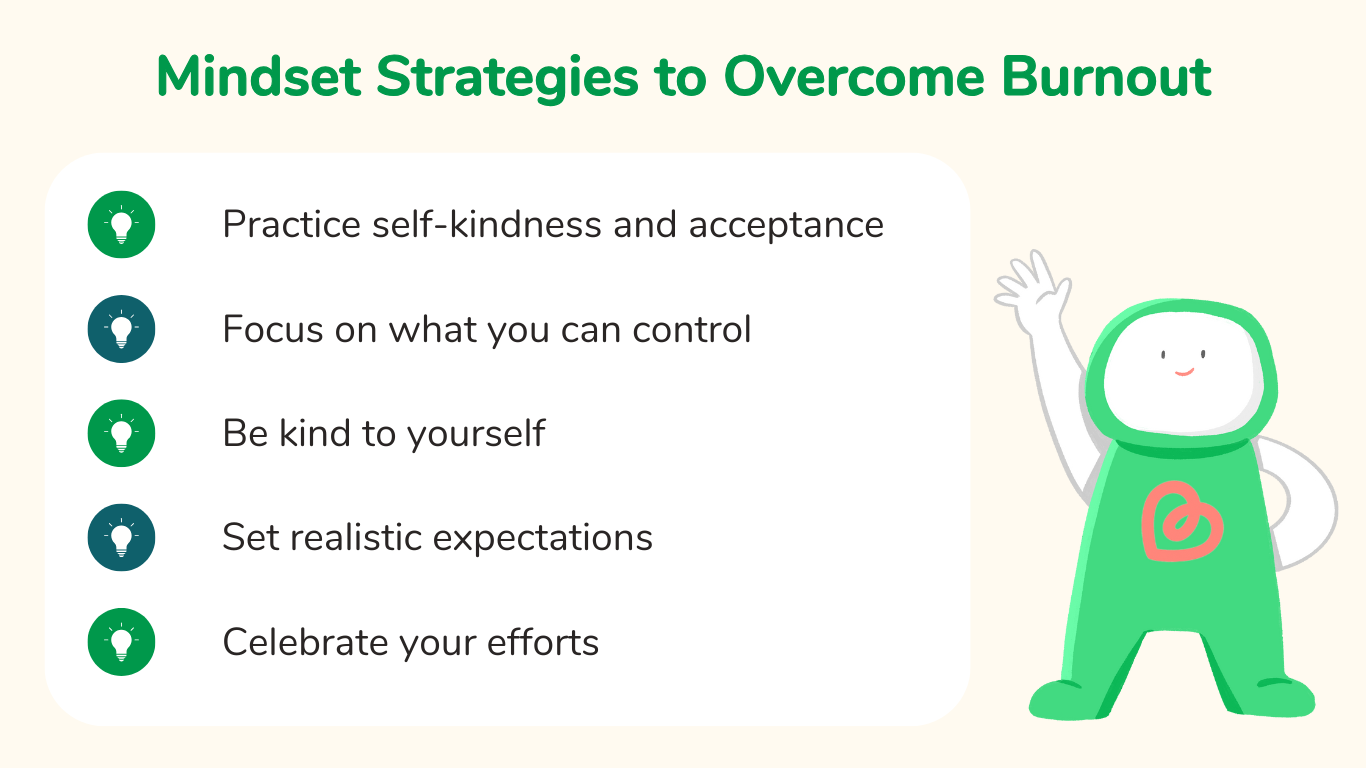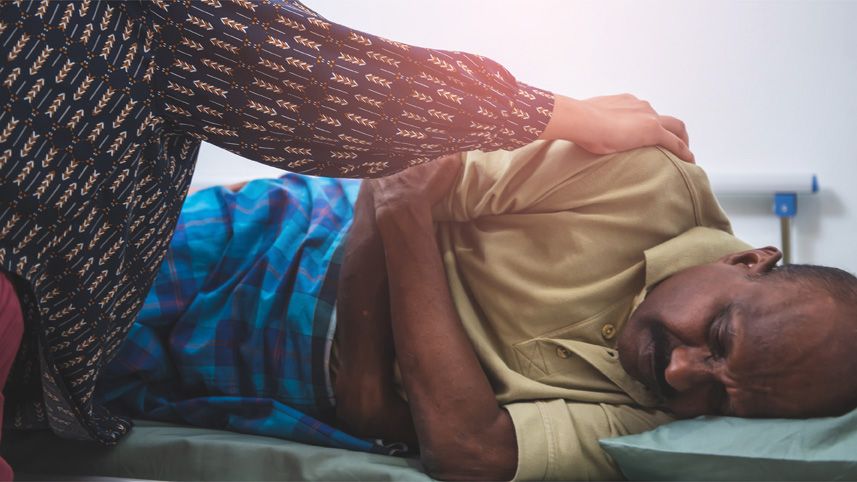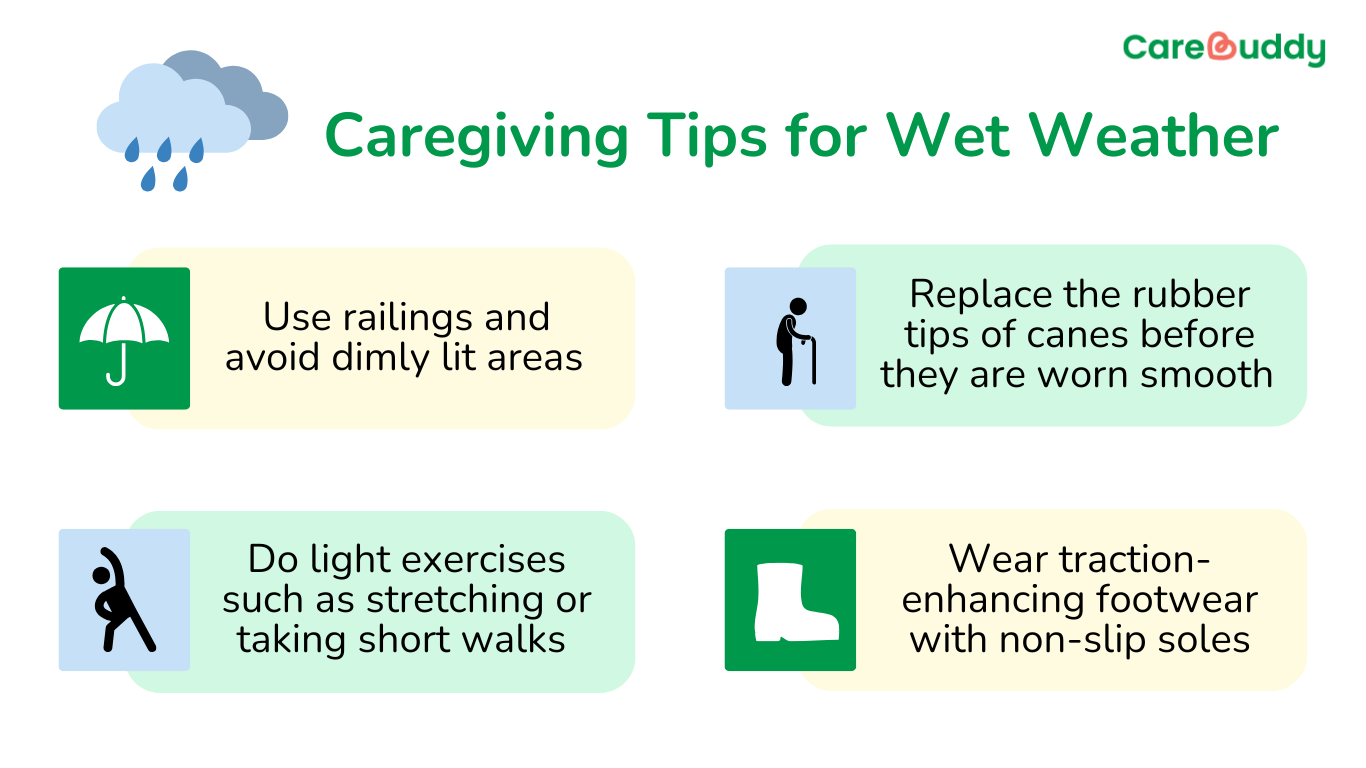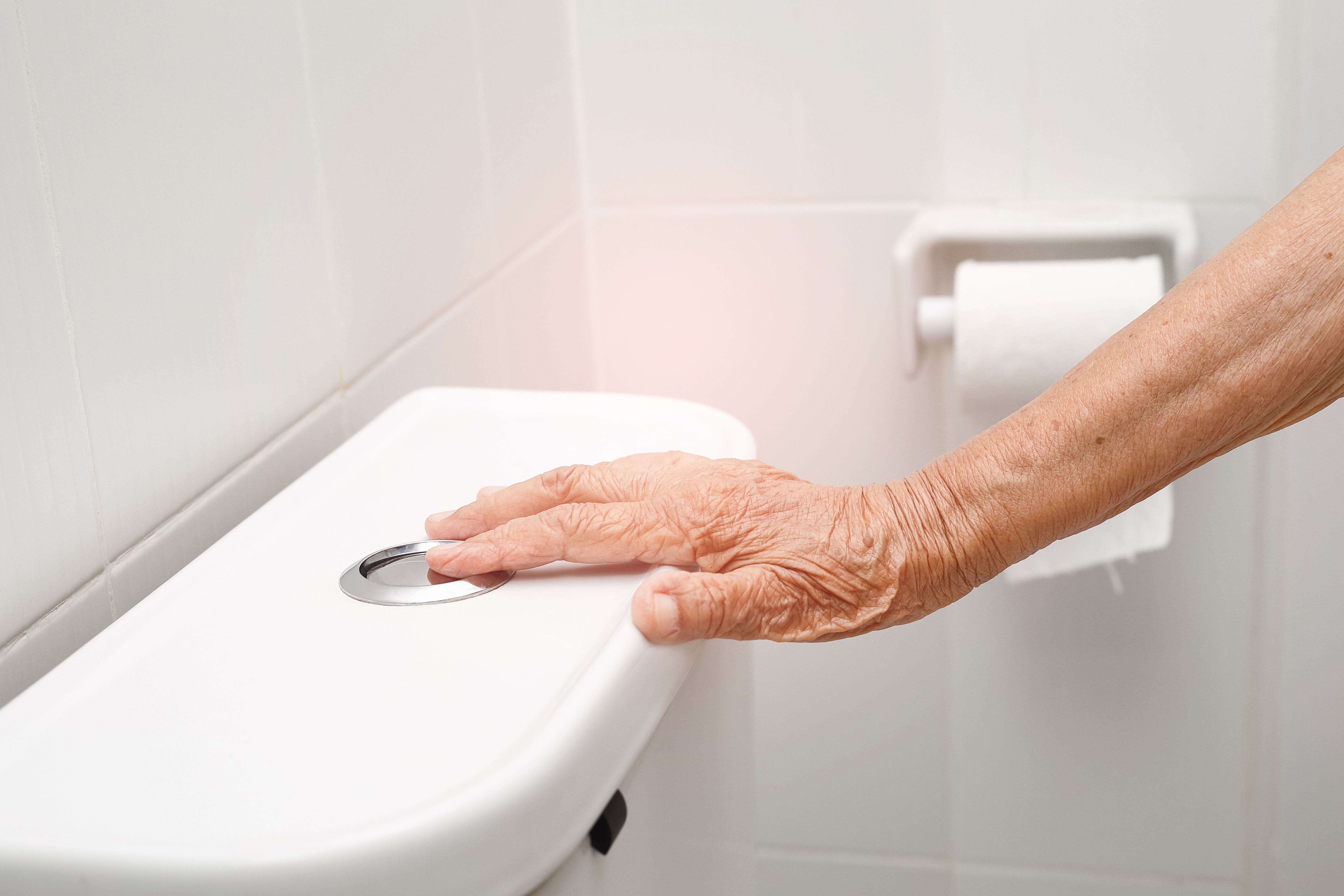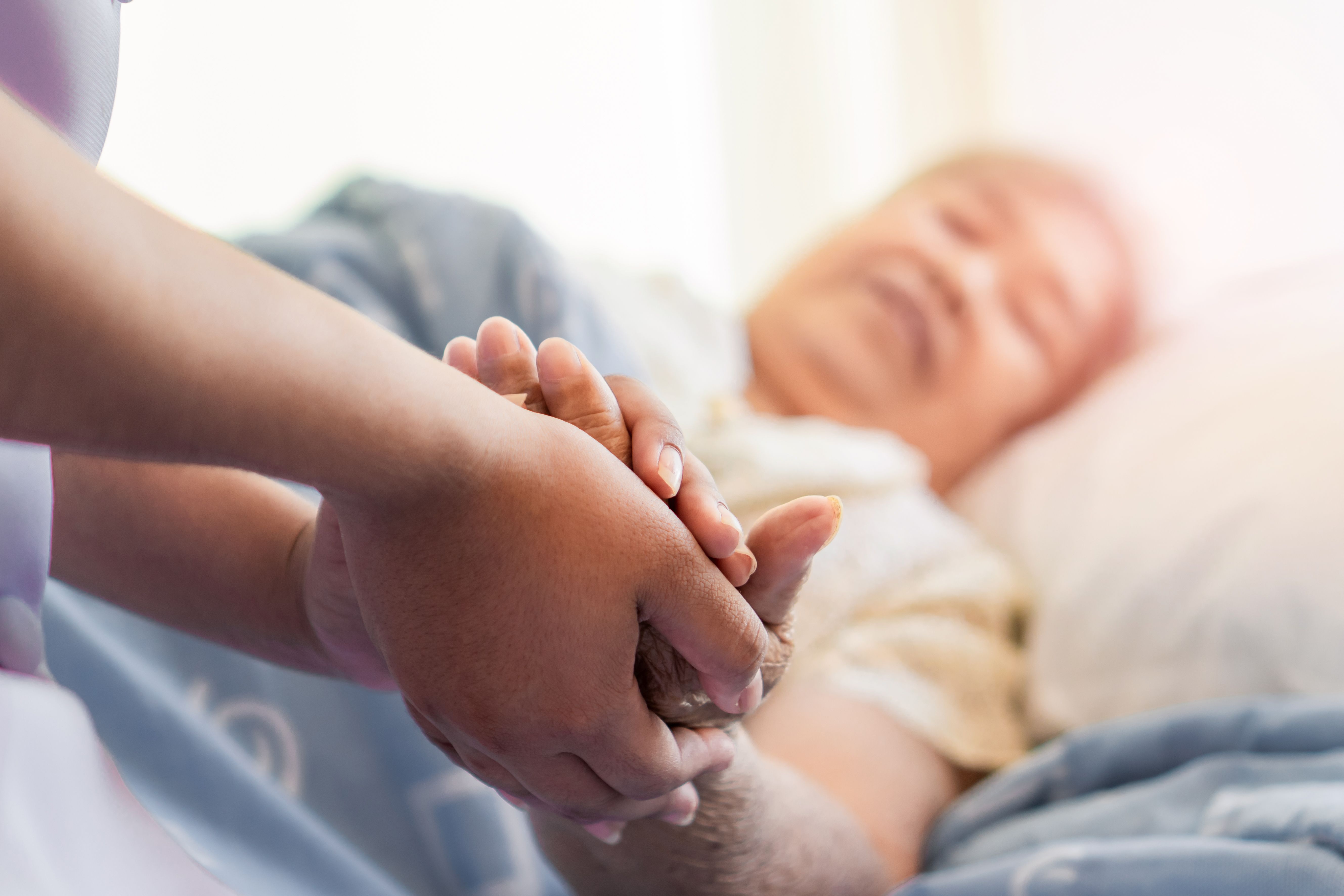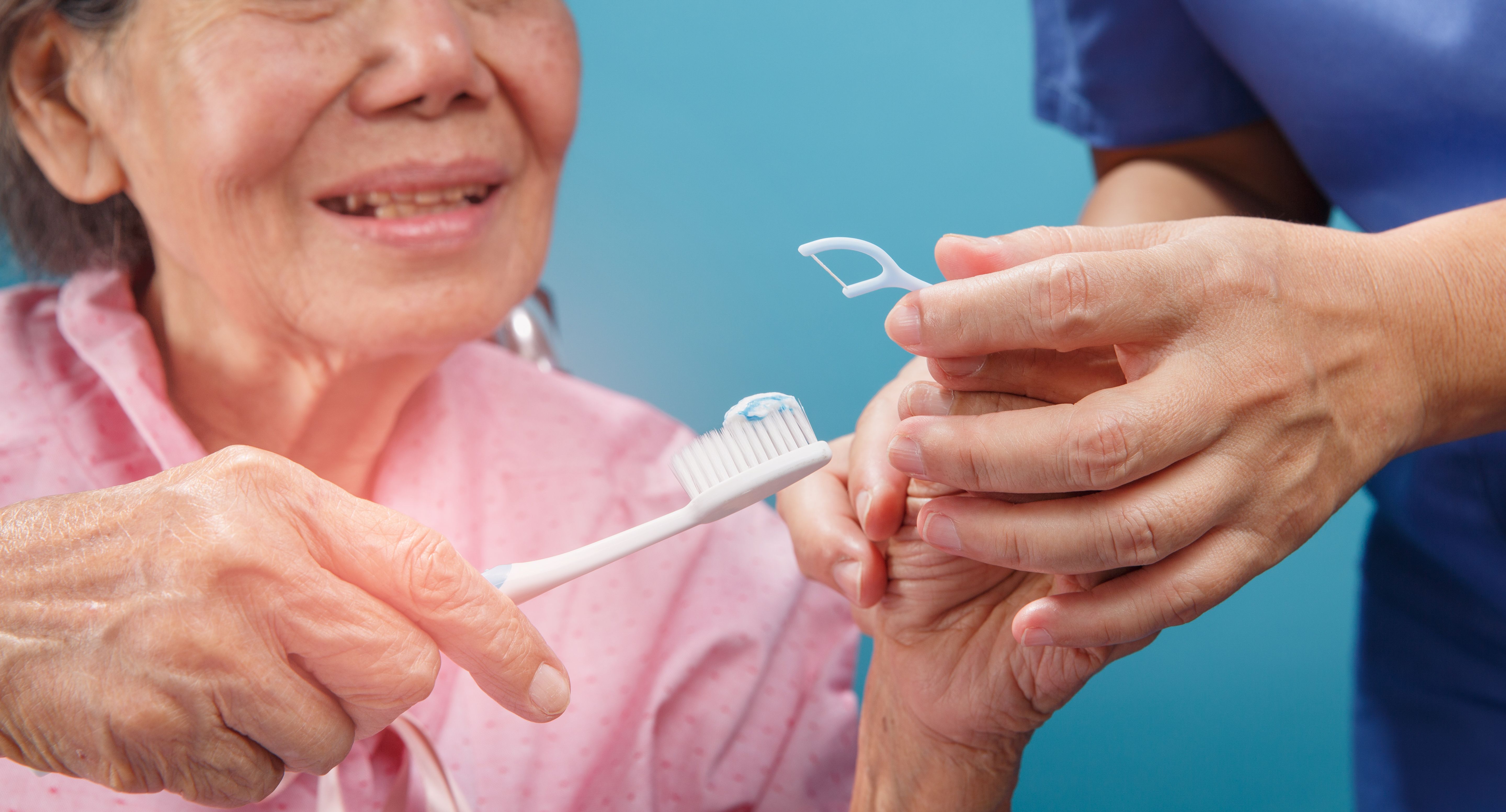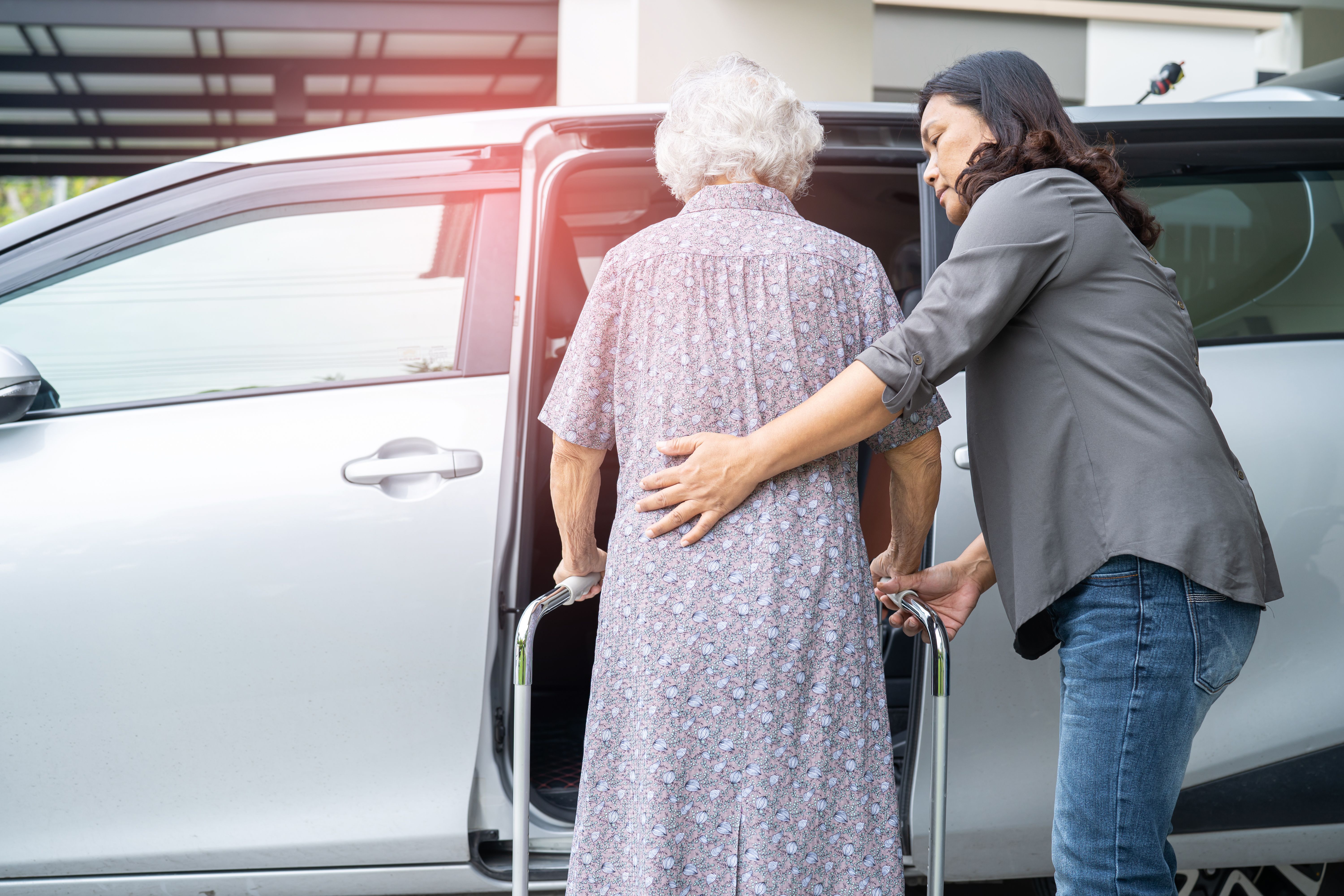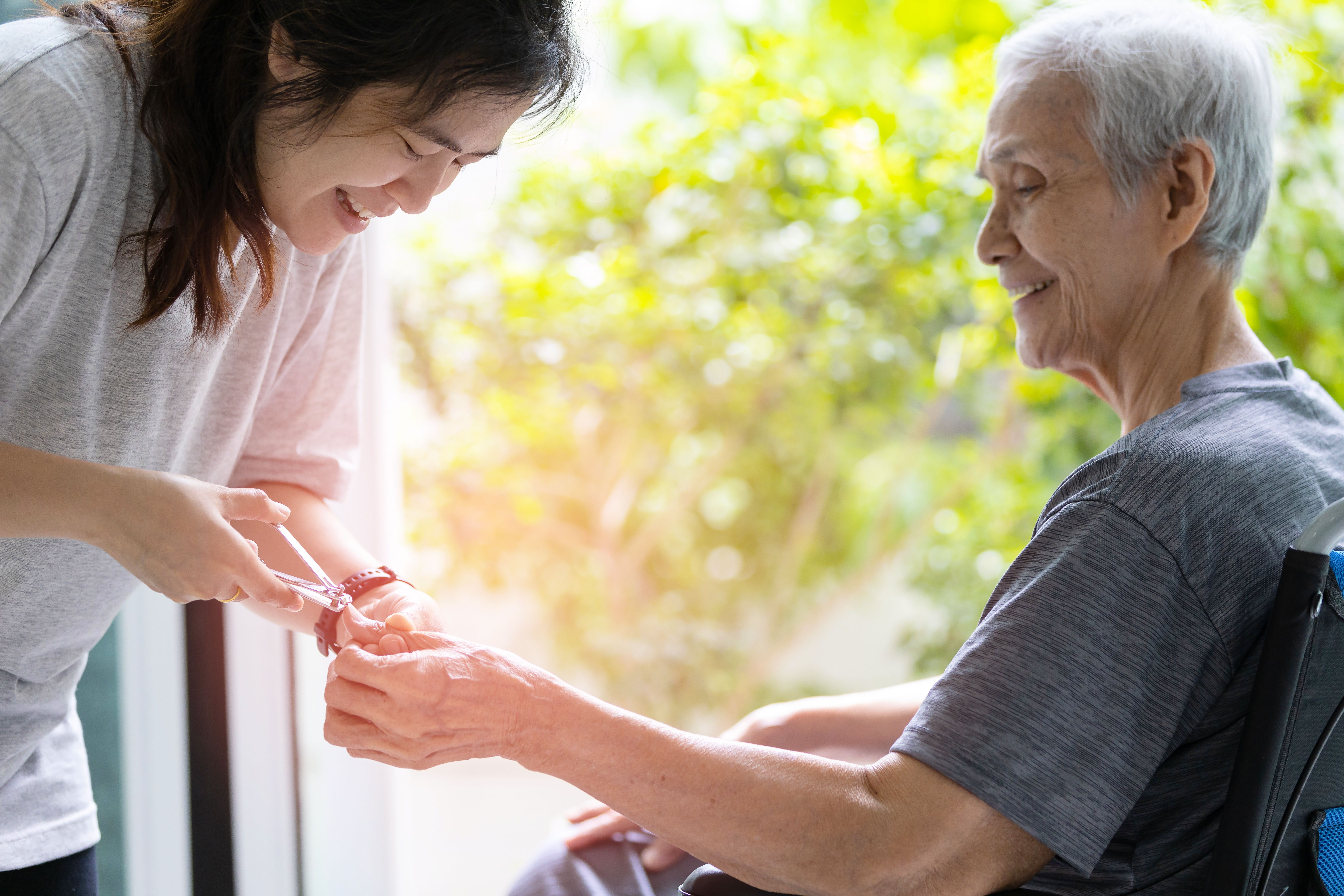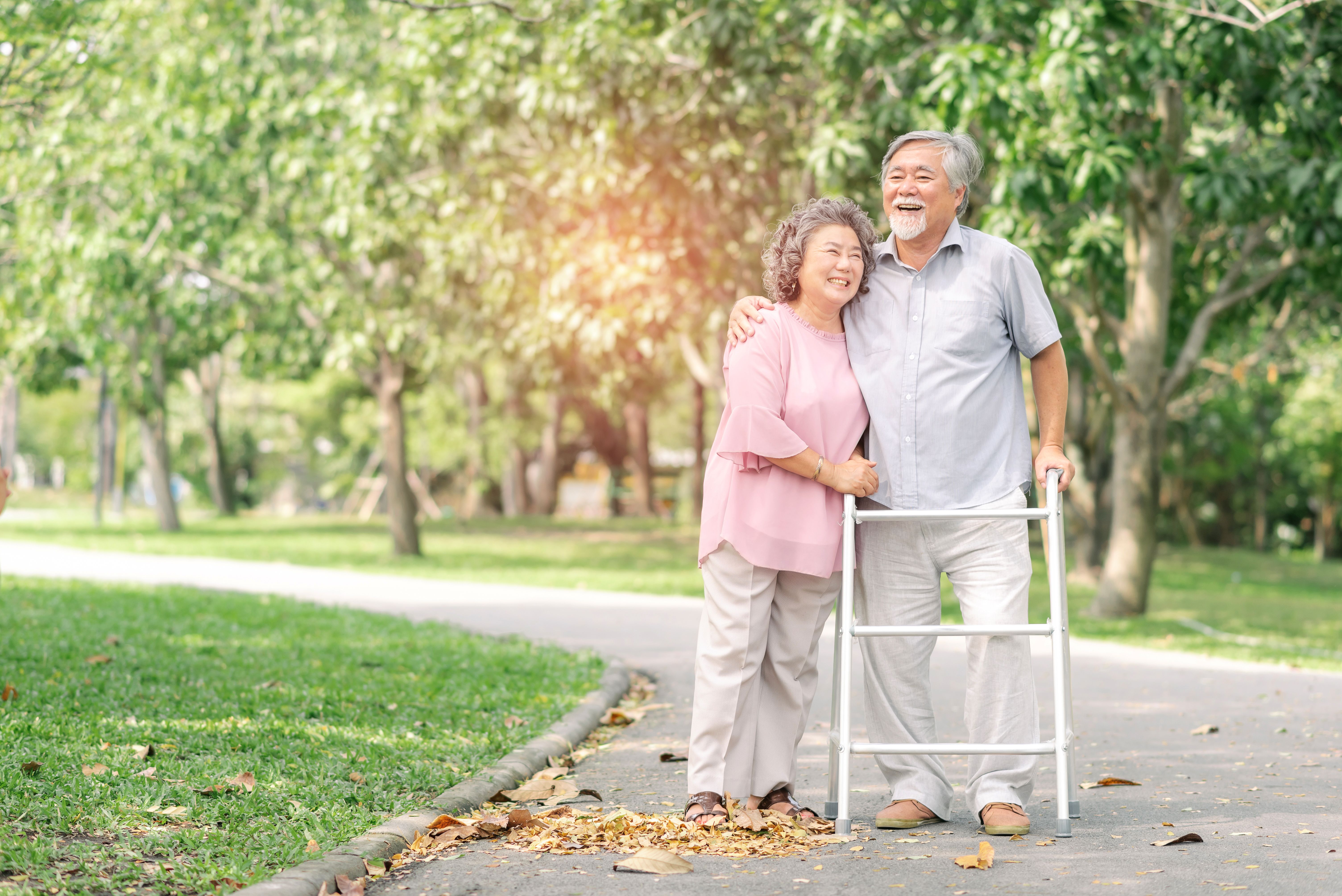Come clean: The caregiver’s role in cleanliness and hygiene of care receivers
- CareBuddy
- 4 Mins Read
- 21 Sep 2022
- Elderly Care

Cleanliness facilitates the recovery of care receivers who have illnesses, prevent further illnesses and infections, and improve the self-esteem of the care receivers.
Ensuring a clean and hygienic daily life for care receivers is one of the most important responsibilities of caregivers. Cleanliness facilitates the recovery of care receivers who have illnesses, prevent further illnesses and infections, and improve the self-esteem of the care receivers.
The caregiver’s role is twofold:
- Provide the care receiver with a clean and hygienic living environment by
- Ensuring regular cleaning of bedrooms, kitchens, bathrooms etc.
- Replacing bedsheets, curtains and other items that need to be regularly replaced.
- Removing possible sources of infection such as excrement, vomit and pests.
- Ensure the care receiver’s personal hygiene by
- Asking them to wash and disinfect their hands regularly.
- Making face-washing and hair-washing a regular routine.
- Facilitating their oral care.
- Helping them bathe every day.
Bathing
If a care receiver is elderly or unwell, the care receiver needs to provide a great deal of support each time they bathe.
The four phases of bathing a care receiver are
- Assessment: Identify the hygiene practices, preferences, self-care ability and types of assistance required by the care receiver.
- Understand the care receiver’s health condition and how it affects their mobility, muscle functions, vision etc.
- Assess the state of important parts of their body such as eyes, mouth, skin, feet and hair.
- Understand their degree of self-care and how much assistance they need.
- Planning: Organise the bathing procedure.
- Ensure safety by installing handrails, non-slip stickers, bath mats etc.
- Prepare everything the care receiver needs such as dry towels and a new set of clothes.
- Prepare assistive devices such as shower chair if needed.
- Ensure good lighting.
- Implementation: Assisting with the bathing procedure.
- Manage risks and ensure safety. Avoid wet surfaces to prevent slips, trips and falls.
- Cover all wounds to prevent them from getting wet.
- Monitor water temperature to ensure that the care receiver is comfortable.
- Encourage the care receiver’s independence and ability to shower with less assistance.
- Maintain constant communication at all times so that the care receiver always knows what you are about to do.
- Evaluation: Take note of what worked well and what didn’t well so that you can provide better care moving forward.
- Check if the care receiver was comfortable during every stage of the bath.
- Review their condition and self-care ability.
- Keep track of any factor that needs to be improved for the next bath.
Assisted bath
Care receivers with limited mobility may require an assisted bath.
- Clean the shower chair and floor.
- Place a bathmat or towel on the floor next to the shower.
- Help the care receiver to the shower room.
- Put on gloves.
- Ask the care receiver if they need to use the toilet first.
- Adjust the water temperature and pressure according to the care receiver’s preference.
- Assist the care receiver with the bathing process. If the care receiver is unable to clean themselves, use a wet washcloth to wipe their body. Proceed to clean their body parts in the following order:
- Eyes (fold a wet washcloth into a mitten and wash the eyes, starting at the inner corner of the eyes and wiping outwards, and using a different corner of the mitten for each eye)
- Hair
- Face
- Neck
- Chest
- Arms
- Hands
- Abdomen
- Back
- Legs
- Feet
- Perineal area (between the thighs). Help the care receiver turn slightly to one side while cleaning this area.
- Help the care receiver out of the shower.
- Dry their skin thoroughly.
- Help them into new clothes.
- Apply powder, lotion or detergent if desired.
- Remove your gloves and wash your hands.
- Assist the care receiver back to their original resting place, e.g. bed.
- Remove soiled clothes from the shower room.
- Clean the shower chair and floor.
Bed bath
Care receivers who are unable to get out of bed (such as those who’ve just had surgery) require a bed bath.
- Fill bath basin with warm water.
- Raise the side rail of the bed and raise the bed to a comfortable height.
- Place the care receiver in the supine (lying on their back) position on the side of the bed nearest to you.
- Put on gloves.
- Offer the bedpan or urinal.
- Cover the care receiver with towels.
- Remove the care receiver’s clothes.
- Wet the washcloth, fold it into a mitten and wash the eyes, starting with the inner corner and wiping outwards. Use a different corner of the mitten for each eye.
- Wash, rinse and dry the face, ears, neck, arms, shoulders and underarms.
- Change the water in the basin if it becomes cold, soapy or dirty.
- Wash, rinse and dry the chest, breasts and abdomen, keeping the care receiver covered for privacy and warmth.
- Pay more attention to wipe the breast fold area and navel.
- Bend the care receiver’s knees and place a towel under their legs from the foot to the hip.
- Wash, rinse and dry the feet and legs.
- Change the water in the bath basin.
- Help the care receiver turn onto their side with their back facing you.
- Check for any redness, pressure ulcers or rashes.
- Place a clean towel parallel to the care receiver’s back.
- Wash, rinse and dry the back and buttocks.
- Give the care receiver wet wipes to wipe the perineal area (between the thighs) if they are able to. If they are not able to, assist them.
- Apply powder, lotion or deodorant as desired.
- Help the care receiver into a clean set of clothes.
- Remove, clean and store all equipment used for bathing.
- Remove your gloves and wash your hands.
Be sure to maintain the dignity of the care receiver at every stage of the bathing process. Also make sure to protect your own safety and hygiene.
Article reviewed by David Tay, Senior Principal Educator (Nursing and Prehospital Care), HMI Institute.
